Three Points of the Compass sets out on a winter wander from London to Birmingham along the Grand Union Canal. However this 147 mile training hike soon unravels.
A scrap of paper with a scribbled list of ‘maybe’ and ‘possibly’ hikes had been sitting on my desk for quite a few months. So many that they spilled over on to another scrap of paper for the following year, and the year after that. But what to start this year with? I do like a longer walk but greed and laziness had taken their toll over the winter, the waistline expanded alarmingly and muscles attuned to day after day hiking had lost much of their tone. Something gentle to start with methinks. How about a low level flat winter walk from accommodation to accommodation with no camping gear carried? That would get some miles on the legs and waken the body up a little as to what was intended to follow later in the year. Or do I try an easier trail with a bit of wildcamping to start the year off? It was time to look at that scribbled list of trails.
Many guidebooks sit on my shelves. Two of these are for the Grand Union Canal Walk. A walk I had been saving for when appropriate, though I had accepted that it may never happen. This is a trail that follows the main line of a series of canals between London and Birmingham and should make for an easyish January wander. I chose to eschew the various dead-end branch arms and make it a linear walk. Passing through quite a number of built up areas I thought wildcamping might prove problematic so decided to book overnight halts. Despite visiting many towns en route there are few facilities in a few places and it took a day or so to sort out accommodations over what looked to be sensible legs. Only then I mapped the actual distances between them. These varied from 13.55 to 20.54 miles and total distance came in at 156.67 miles, more or less what I expected over the book distance of 147 miles for the canalside walk. Then I booked train tickets. The overall cost was far more than I was comfortable with and I was reminded of one of the reasons I normally camp on my trails, and I still had meals to factor in.
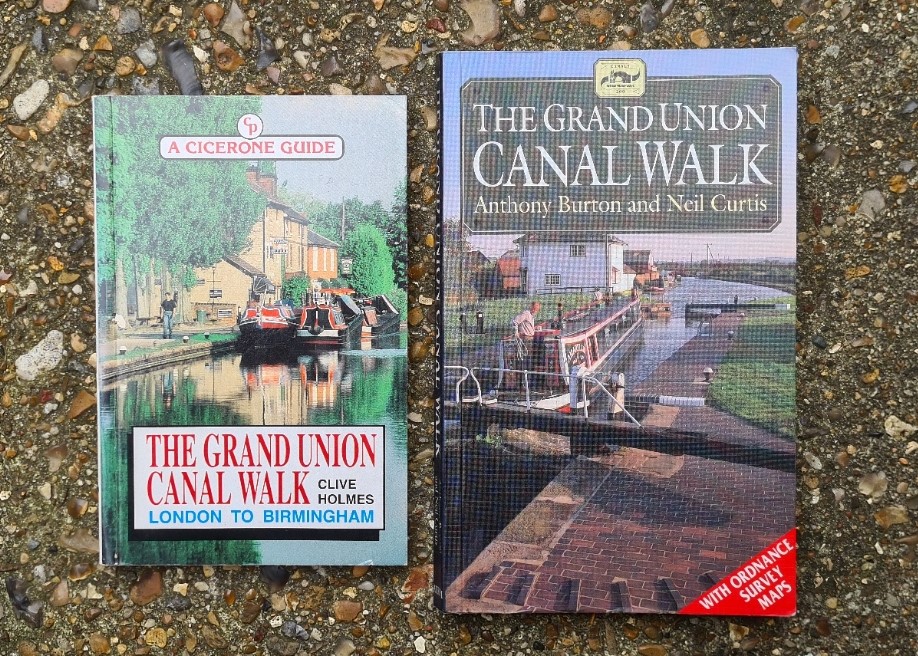
In addition to carrying the fairly heavy but useful Aurum guidebook, that I intended for evening reading over a pint or two in cosy pubs en route, I included a couple of paper maps for keeping an eye on overall progress and alerting me to what was coming up, in preference to any form of digital mapping. I first came across the simple but informative Heron Maps series when I completed the Thames Path National Trail last year and had no hesitation with buying those produced by Heron for the Grand Union Canal. There are three but I only needed two of these. At 53g each, this was no great hardship though I do wish they were printed on waterproof paper. These maps are not particularly robust and they sat in a ziplock baggie. Where these maps excel over most paper maps is that they show facilities each side of a canal- w/c’s, cafes, named supermarkets, named pubs, etc. Though I did find one large supermarket I sought out had closed since the map was drawn.
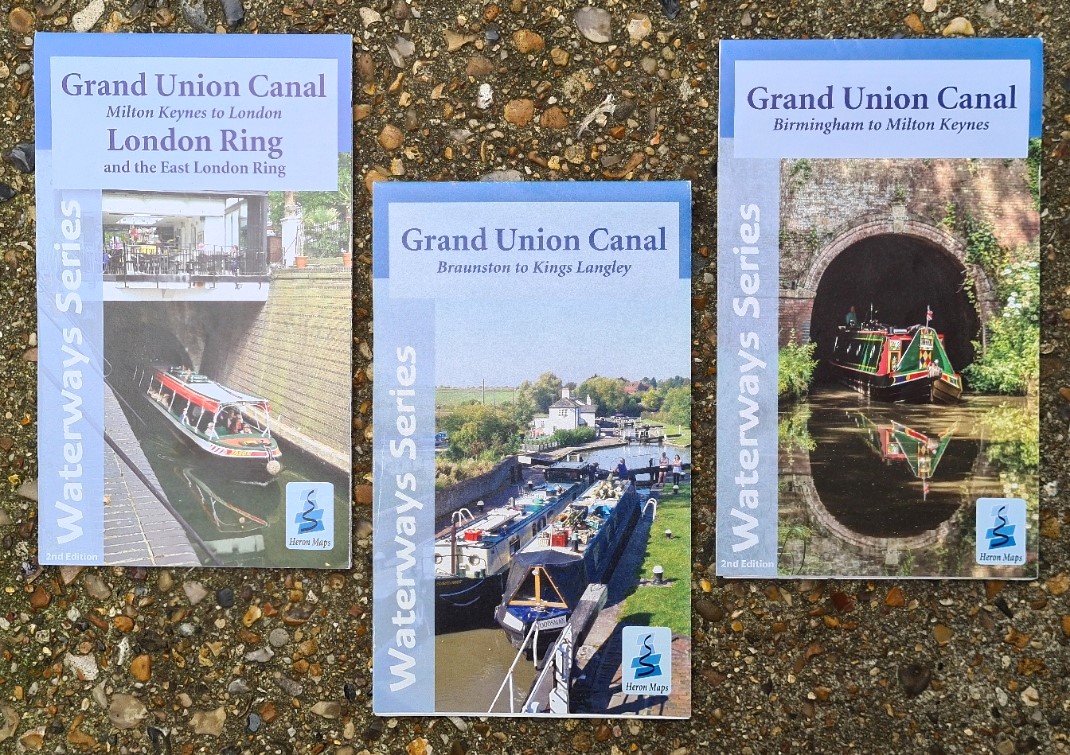
A couple of days before my leaving I began pulling various items of gear and apparel together. Keeping it (fairly) minimal, expecting both sub-freezing temps and possibly heavy rain, my walking clothes and day pack had to support weather from mild to snow over nine days of walking. Anticipating muddy paths on a winter walk in the wake of heavy rain, I included a set of ‘to be kept clean and presentable’ clothes for evenings in restaurants and pubs on the way. However this is mostly towpath walking with no great dangers expected so there was no need to get carried away with what was carried. It took far longer to write this blog post than pull out the stuff I took with me.
While a trekking/walking pole was probably not necessary for a trail that is mostly comprised of towpath and road walking, I set off in the wake of Storm Henk, that had dumped copious amounts of water across the UK, and I had wanted a pole or staff to probe the depth of expected flooding or support me on potentially muddy slippery paths. I normally carry two trekking poles but adjudged one was sufficient for this trail. This was the lightest I had- one of the original Cnoc carbon fibre trekking poles that I backed on their Kickstarter campaign. These are now sold under the Diorite brand name. A single pole weighs 266g, 26g heavier than the specified 240g, though I note they now advertise each pole as weighing 277g. I decided not to carry my trekking umbrella at the last moment and as it turned out, never required one anyway.
For the bottom half, I just wore 185g Patagonia Terrebonne XL Joggers over ExOfficio Give-N-Go Sport Mesh 9″ Boxer Briefs. I changed from the (justifiably) popular Darn Tough socks I used to wear to Silverlight socks a few years ago and wore a 82g pair of crew length with my shoes. I did carry a spare pair but they sat in my pack unused and I just wore the one pair that were washed out twice and dried overnight. As to footwear, more on that later.
It was cold and wet enough for me to wear my Paramo smock, that I find too warm for much of the year. Despite it’s name, at 657g for my size XL Velez Adventure Light, this is not a particularly lightweight shell but it is comfortable with lots of venting options and almost silent to wear compared to many other waterproofs, lacking that swish swish that so many waterproofs deliver. It is too big and bulky for packing away but I knew I would very likely be wearing this during the days while walking. It turned out to be the perfect choice. Yak wool beenie, merino buff and merino gloves sat in my packs hip belt pockets if not required.
Day One: Paddington Basin to Bull’s Bridge, overnight in Southall. 15.21 miles
I left home in the dark for the short walk to the local railway station and an hour or so journey into London. I sat in an almost empty carriage, looking incongruous amongst the tired looking fellow passengers. Then a short tube journey to Paddington, exiting the station to a bright but bitterly cold morning. My exit from Paddington Station took me straight on to the canal side so it was just a brief wander in the ‘wrong’ direction, weaving between the commuters, to the basin itself and the start of the canal walk. The basin is now stranded amongst high rise buildings with barely any indication as to it’s previous purpose. A couple of steak bakes from Greggs warmed the inner man and acted as breakfast. Then the obligatory start-of-trail photo, about face, and walk back past Paddington Station toward Little Venice, with it’s lovely blue and gold painted iron footbridge over the canal. This is the junction between the Paddington Basin branch and the Regent’s Canal and I was now continuing westward, toward the Bull’s Bridge junction 13 miles away.
I briefly explored Little Venice a little but could find little to interest me. Most commuters, dog walkers and unsavoury looking characters viewed me with either indifference or suspicion, my attire, pack and trekking pole didn’t quite fit with the surroundings and I was outside any tourist season. It wasn’t until the evening that I realised I had not been able to elicit a single reply to a greeting all day, not even a return nod or grunt from the many towpath users encountered.
There were a couple of younger characters smoking joints on the towpath that briefly thought they had drummed up some business, not for dodgy smokes, but for a trip on their under-subscribed tourist boat trips but quickly went back to studying their phones once they realised I was a lost cause. I did pause to look at the brightly painted Puppet Theatre Barge and pick up one of their leaflets. Operating between February and June, it must provide quite an experience with it’s puppets, collected from across the world, and used in shows here for over forty years. The retired Thames barge also hosts live music, theatre and comedy nights.
Then it was on, down the towpath, past houses tight up against the far canal bank, dully painted house and narrow boats, many looking a little tatty after too many months without a repaint. I frequently stepped smartly off the towpath to give way for the many cyclists and more concerning, electric motorbikes, that hurtled down the path without acknowledgement from their riders. It wasn’t until I reached the Kensal Green Visitor Moorings that it became slightly less residential and a little greener, though the dumped rubbish persisted in many of the more run down areas I walked through. Sacks of rubbish dumped over adjoining walls at best, strewn debris and human faeces at worst. Broken beer bottles underneath most bridges and rubbish tipped from vehicles above at their sides. A mattress leaning against a bridge buttress, directly beneath a ‘no rubbish’ sign. All rather depressing. But most boat owners had at least managed to keep the area immediately around their winter mooring, if not tidy, at least clear of rubbish, for rubbish means rats.
Most people who live on a boat are simply living an alternative lifestyle to what many of us are familiar with. They do no harm and simply push at convention a little. It became very obvious along this stretch of canal that many in authority are not at all happy with one aspect of their existence in particular. This is the use of solid fuel burning stoves on many of the boats, though actually few in number in reality. Notices were placed along the length of the canal advising that Kensington and Fulham Borough Councils were intending on issuing severe fines if “smoke is emitted from a chimney of any building or vessel”. For centuries, boat owners have cut up fallen tree branches canal side and fished out tree limbs from the water, to be dried out and seasoned on the roof of their vessel, before sawn up and burned in their stove, an effective carbon neutral usage. Even smokeless coal requires something to light it. There are going to be not only a lot of disgruntled boat owners in the future, but a great deal more long-term obstruction to towpaths and waterways as a result.
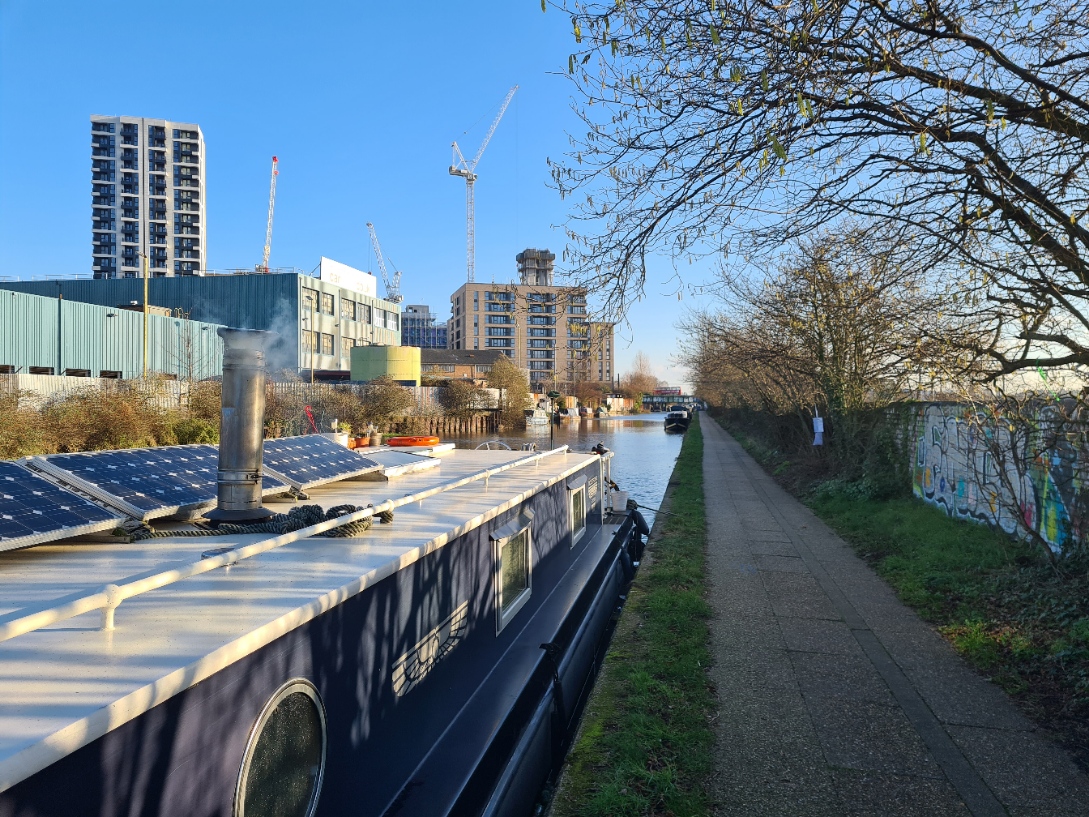
Once past Old Oak Common and a brief uninspiring sighting of the walls of Wormwood Scrubs prison, I began looking for somewhere for a cuppa. A canalside Tesco’s delivered nothing, but a brief sortie from the canalside at Lower Place found a halal Lebanese café that provided a decent mug of tea, a warm up and more importantly, their w/c. Back on the canal, bright green ring-necked parakeets continued their raucous calls, swans and geese abounded on the water and cormorants, some already showing white filoplumes on their napes and necks, stretched their wings while perched on gaunt leafless trees on the far side. A cold stiff wind was blowing from behind me and I kept my buff up over my necks and ears as I continued my walk, attempting to ignore my increasingly sore big toes. I put it down to the stiffness of my new Altra Olympus shoes I had chosen for this walk, worn instead of my usual Altra Lone Peaks.
Further on, a boat had slipped one of it’s moorings and the wind had caught it, pushing it across the canal’s width and jamming it between the two banks. Gordon from the Canal and River Trust was having a hard time of it, attempting to pull it back against the wind. He was pleased to accept an offer of help. I dumped my pack in the hedgerow, leapt on board his pontoon, a rope was strung to the stern of the offending boat and I hauled on the line while Gordon gunned his engine in reverse. Between the two of us we freed the jammed boat and were able to combat the wind sufficiently enough to swing it round parallel, just as the owner turned up to take the thrown rope and pull his vessel back round to be moored up, hopefully in better fashion.
More annoyingly, the low winter sun grew increasingly brighter in the blue sky and ever more glaring, reflecting off the waters surface as the afternoon drew on. Daylight hours are brief at this time of year and despite having few miles left to complete on this first day I grew increasingly tired of squinting with one eye, while keeping the other closed. Blinded, I could see almost nothing in front and wondered if I might just wander off the narrow towpath and into the canal.
I was a little relieved to reach the lovely sweeping Bull’s Bridge but was disappointed to find it’s condition echoed that seen on the canal generally. I have been here before and recalled its bright white painted brick and stonework. Today it looked worn, tatty and unloved, graffitied, with bags of rubbish lying on the grass beside it and a broken sign pointing in the direction I would head tomorrow. Today however, I turned left and walked a half mile in the ‘wrong’ direction before leaving the canal to head up into Southall and tonight’s Airbnb.
My first day had been a mixed bag. I was pleased to have begun another walk. The going underfoot was firm and mud-free and serving perfectly as a return to exercise. But I was dismayed by the amount of rubbish and run-down character of the canal so far.
Of more pressing concern however, were my feet. I have been using Altra Lone Peak trail shoes for some years now, starting with the 2.5’s, and have worked through each incarnation and only this week took delivery of a pair of the 2024 8’s. I have had almost no foot issues of note with all of them. However I had decided to try out the better cushioned and waterproof Olympus version of these for this winter walk. I had worn these on five and six mile hikes in advance of this canal walk with no issue and was now slightly dismayed to find that my big toes were touching the front of the shoe as my feet spread during my longer day. This has never been an issue in the roomy foot box of the Lone Peaks and I fail to see why it had become one with the same size Olympus shoes. I am a size UK 10.5/11 and purchase size UK 12’s for on trail, both for Lone Peaks and these newer Olympus.
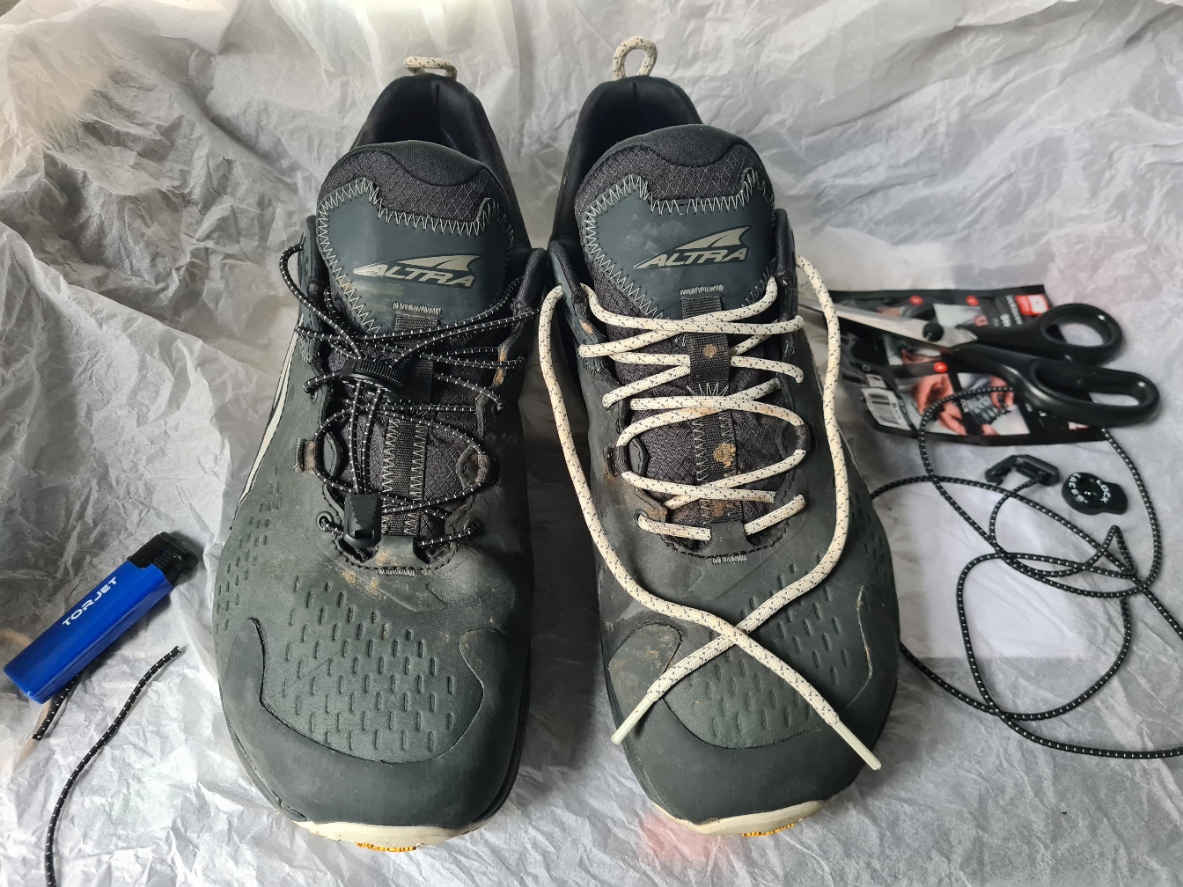
Despite having carried out my usual nail-trimming before leaving home, once I had showered I again checked nails and filed them down a little more. Both big toes looked sore, felt sore and were getting bruised. I was going to have to watch that this didn’t prove problematic tomorrow.
I was pleased I was only stopping in this multiple occupancy residence for the one night. While clean and cheap, the heater hung off the wall and didn’t work, the TV was absent from it’s hanger, there was no kettle and the walls were so thin I could literally hear the dog in the next room wagging it’s tail. I showered, cleaned up, changed and ventured off into town to a Punjabi pub that served up too-cold bottles of beer and a decent mixed grill.
Day Two: Southall (Bull’s Bridge) to King’s Langley. 19.61 miles
I slept well and with no kettle had no mug of tea to linger over in the morning so was away sharpish. This was also necessary as it was a fairly long day and I wanted to build in a stop or two if I saw suitable places. I was only too aware of the short daylight hours I had over a winter walk. I tightened up my lock laces carefully, ensuring my feet were pulled back properly and I had wiggle room for my big toes but it was all too clear that the internal shape of the toe box in the stiff Gore-Tex Olympus is smaller and both less flexible and less forgiving than the larger space and more flexible breathable lining of the Lone Peaks.
Back to Bull’s Bridge and onward. I was actually soon back onto familiar ground as I had walked short stretches of this length of canal when I completed the 150 mile London LOOP as a series of 12 Sunday walks back in November 2015-February 2016. I was also again dismayed to find that the canal side rubbish persisted, but only initially. Once past the conurbation that is Hayes, it all got a good deal cleaner and more pleasant.
I had expected the cold weather, indeed I had hoped for it. I had dug out a couple of older tops from my cupboard for this walk. These are two items that work very well together. These were a 125g Brynje wool Thermo T-Shirt with shoulder inlays (80% merino and 20% polyamide). This was combined with a simple, 100% merino 188g long sleeve shirt from Patagonia. The quarter zip on this allows me to dump a bit of heat quickly if required. It is a good combination of two items of clothing though I would never wear the mesh Brynje by itself in public. A newly purchased Alpha Direct Hoodie that mimics the open mesh weave, with an insulating fleece attached, sits at home for walks later in the year and should go some way in replicating this duo’s performance while being both lighter and more socially acceptable.
It was a beautiful morning with bright winter sun, thankfully no longer in my eyes. Mature trees bordered the canal and I passed just the one boat moving on the water. In addition to transporting timber and gravel, used for construction in London, and carrying rubbish out on the return journey, the canal boats used to serve the predominant industry in this immediate area- the brick fields and their kilns, but nothing remains here of this industry today. Many of those bricks would have been off-loaded in the Paddington basin where I started my walk yesterday.
The towpath was pretty quiet with few users and I saw almost no-one before leaving the canal at Yiewsley where the map showed a Morrisons in town where I hoped to get a breakfast. That supermarket was closed, abandoned shelving visible through its dirty windows. Instead, a Costa opposite provided the necessary sustenance- two pots of tea and a bacon roll. Back on the canal the towpath remained quiet. A kingfisher flew from branch to branch as I approached it and occasional Red Kites wheeled overhead. A couple of anglers spinning for Pike below lock gates. I came across the occasional boat owner walking a dog or sawing up wood, furls of smoke from their boat chimneys. It was all very tranquil and with the easy going under foot, almost exactly what I wanted as a longer training walk and I could feel my leg muscles waking up, though I was still being troubled by sore toes.
The Canal and River Trust had closed down a small number of bridges and locks along the length of the Grand Union for winter repair works and there was little boat traffic as a result. Each small marina and boat yard I passed had plenty of activity however. Boats lifted and on blocks, grinders buzzing, hammering from within the depths of boat shells. Obviously considerable expensive and necessary repair, building and maintenance work was underway.

I was walking faster than the little boat traffic that there was and I saw Gordon leaving the canal proper and moving his pontoon into Harefield Marina on the far side. It was apparent that it had taken him this long to return from his rescue mission yesterday, locks slowing down movement for all boat traffic on a canal. I hailed him and received a wave and shout in acknowledgement. Us salvage experts need to keep in touch…
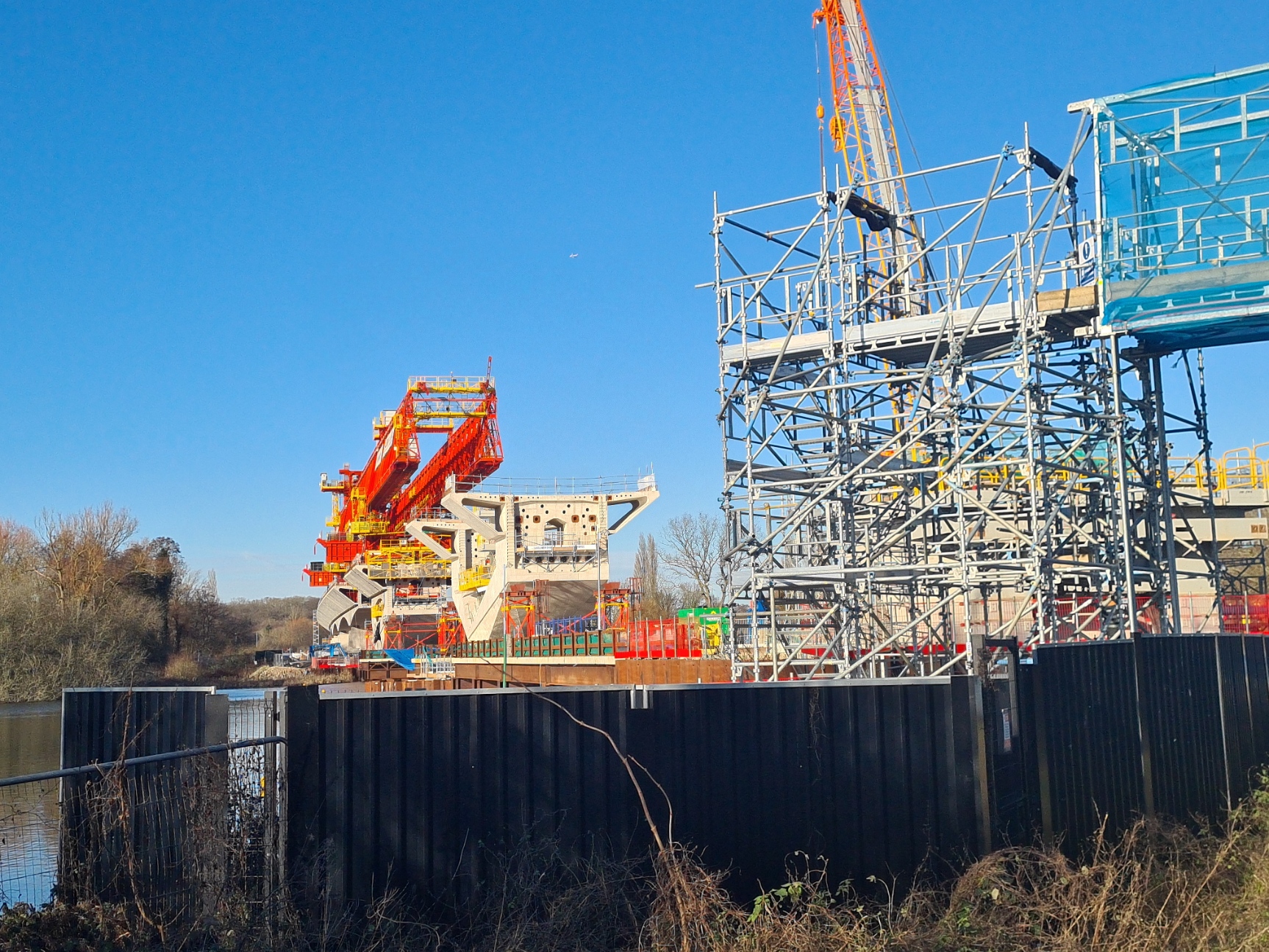
I halted briefly at the canalside Coy Carp pub hoping for a simple sandwich and a decent pint but I was obviously not their desired clientele and settled for an overpriced pint of sour Tribute and a bag of decent crisps. It was soon after this brief halt that I passed a large Coal Tax marker post. These were mostly erected in the 1860s and form a loop around London, around 20 miles out from the centre, and mark the points where taxes on coal were due to the Corporation of London. There were probably no more than 280 at their greatest number in total and all must have been regarded with considerable distaste by bargees, road agents and those employing them to transport coals. The posts erected near rivers and canals differ from those found beside roads and only five of these large granite posts survive. Unlike the bright white painted examples beside roads, these are unpainted granite and the City Arms shield and Act inscription remain clear to see. I’ll be writing more on these in the future as I have passed a number of them on various walks in the past.
“ ...a stone or post on or near to the towing path of the Grand Junction Canal, at or near the north east point of Grove Park as contiguous to the wharf now in the possession and occupation of the Earl of Clarendon (and on the south side thereof) as the same can conveniently be placed… “
45 Geo III cap ii, London Coal Trade Act 1805
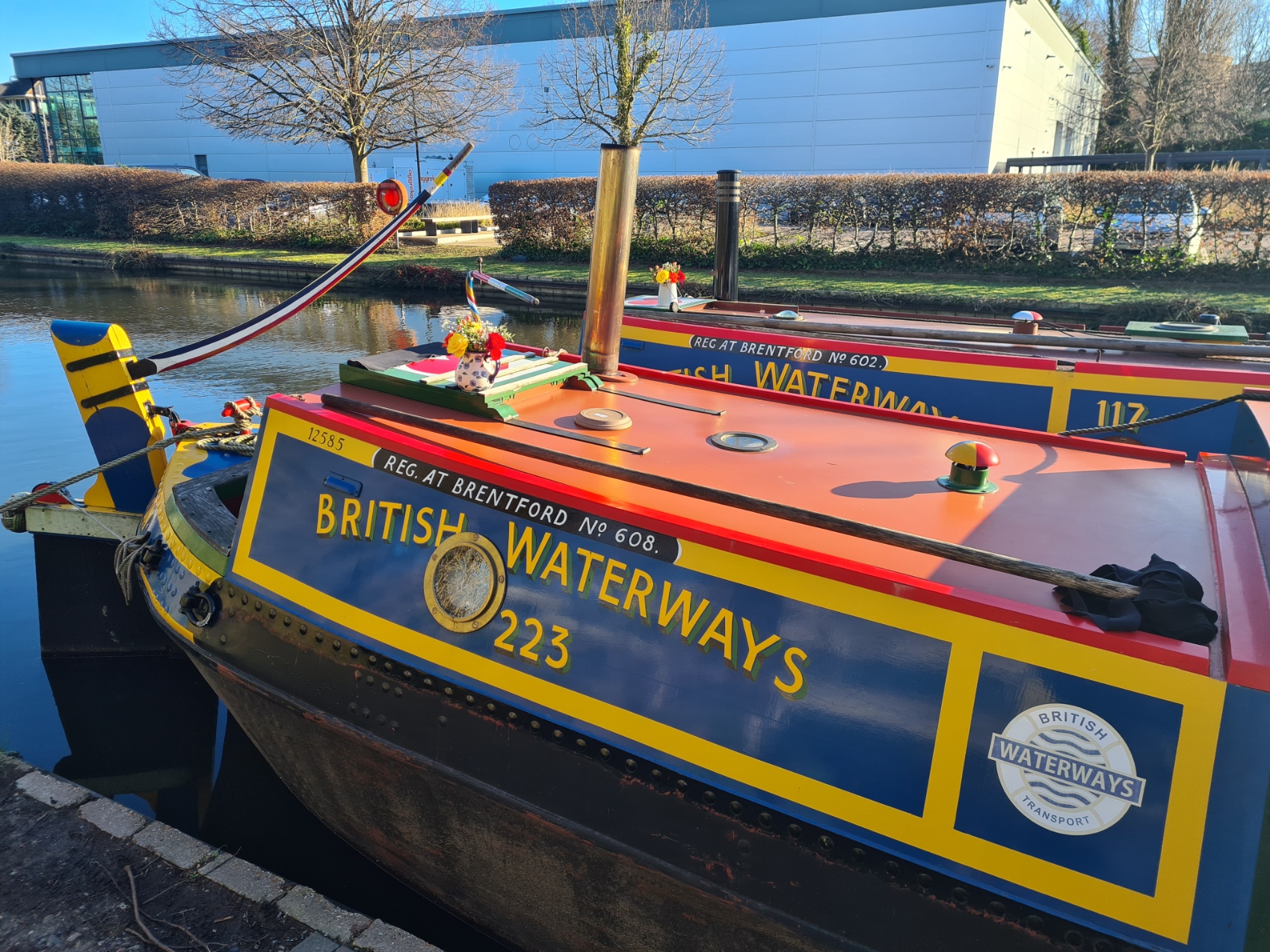
The canal passed through Cassiobury Park. Once the private estate of the Earl Of Essex and where I fished as a youngster, cycling out from my home, with the rod tied to the top tube of my coveted bike. I would move from the canal to the neighbouring river Gade, depending on whether there was a warden in the area checking day tickets and rod licences. I could recall almost nothing of the area but it looked a great deal more overgrown and unkempt than ‘back then’. I walked past the lock gates, two sets in this park, and onward to Bridge 164, one of the better looking bridges. The canal builders had constructed it in fine fashion to satisfy the demands of the Earl of Clarendon, whose land the canal passed through. The towpath also switched sides here, to keep the boat hauling horses away from the genteel folk, and it was only once clear of their land that the towpath again switched sides.
I stopped to chat with one boater, busy sawing up pallets for firewood. 60 year old Roger had lived on his boat for four years “I just had to get out of London“. Waiting on delayed appointments for operations on his knee and teeth, he remained good natured. A qualified electrician and engineer, he was looking at an early retirement so that he could ‘give back’. He already volunteered at an organic farm and was now looking at helping out Waterways Experiences, a charity further up the canal that operates three canal boats to enable anyone, regardless of age, physical ability or social disadvantage to undertake boat trips on the canal. Before leaving him, I mentioned the upcoming ban on smoke emitting stoves on boats in London, he hadn’t heard of it but snorted his derision “the boaters won’t stand for it“.
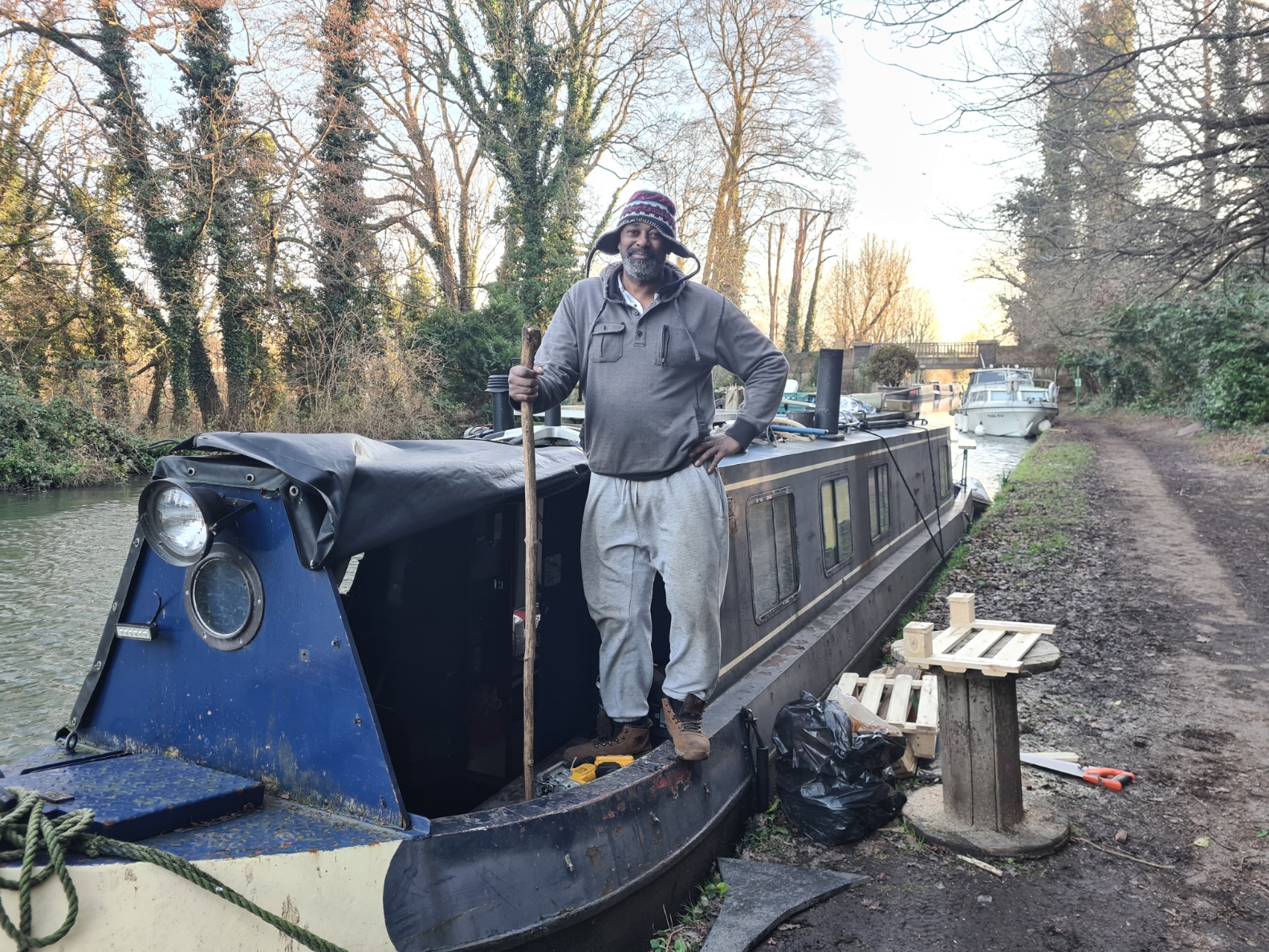
It had been a longer day than yesterday and in truth, after eight hours on my feet, I was pleased to reach King’s Langley as my toes were sore, especially the left one, and I desperately wanted to get my shoes off and rest them. It was only a short walk from the canal to tonight’s halt. This was the most expensive halt by far on this trip. The King’s Lodge was a lovely place however, and I almost forgave them the excessive cost of my meal there later that night. As it was, once in my room and four cups of tea in quick succession, I showered and washed my hiking clothes, hanging them to dry on the many radiators that were all knocking out considerable therms, opening a window to allow a fog of humidity to dissipate. After a half hour video chat with Mrs Three Points of the Compass I had succeeded in making the room freezing cold as a result of the open window so it was back down to the bar for a warm up, followed by a decent rack of ribs accompanied by the necessary neck oil from the local Tring Brewery. The bar was lively with a lot of banter between the generations. It was good to sit there, write up my notes and study tomorrows section and let it all swell around me. Another log went on the open fire and it was all very convivial.
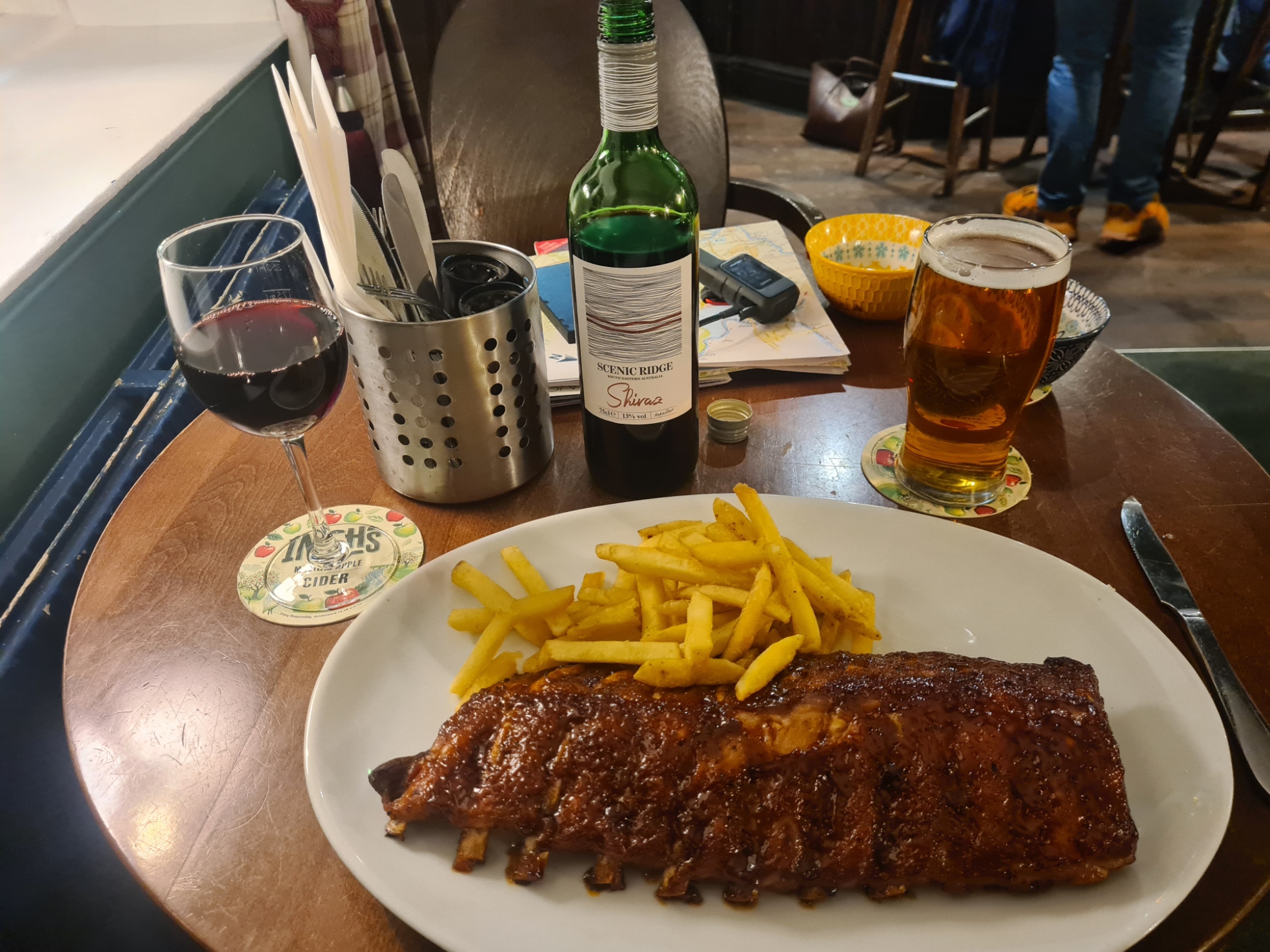
I had removed the insoles from my shoes tonight to make a little more room for my feet, now in waterproof Sealskinz for the evening but I was concerned about them. Both big toes were beginning to blacken beneath the nail and the skin was red and inflamed. I tried not to think about it as there was little I could do. I finished my meal, polished off my shiraz and retreated to my room. Swallowing a couple of ibuprofen prior to a decent night’s kip with fingers crossed.
Day Three: King’s Langley to Marsworth. 15.32 miles
Breakfast at the Lodge didn’t start until nine, far too late for me and I left after just two cups of tea in my room. I had kept the insoles removed from my shoes in an attempt to provide more room for my feet, but wasn’t over confident. I walked through the places where the John Dickinson paper mills used to stand beside the canal- Apsley, Nash and Croxley Mills. My dad worked for them for years. The asset stripping Roland Franklin and his Pembridge Investments group made a hostile takeover of the Dickinson Robinson Group in the 1980s and carved it up, selling the mills to the South African group Sappi, who closed all the mills in the 1990s. It came as a great shock to the 1000s of employees made redundant (is there a more insulting term?), none more so than to my paper-maker dad, Branch Secretary of SOGAT at the time. Almost nothing remained to indicate the previous industry. I could only find the mouldering remains of one shell of a building. It’s grimy, soulless windows gazed at me without recognition, for it was fifty years since I had stood as a young teenager in the exact same location fishing the canal. It was all rather sad and I struggled to recognise anything, just familiar names on the signposts pointing away from the canal.
The site of the Apsley Mill and its large wharf is now a smart looking residential area. I asked one old boy if he lived there and he pointed out his property, overlooking the canal. When asked if he liked it, his eyes lit up “oh yes, best purchase I ever made“. Before we parted I enquired where the paper mill had stood. He looked at me, confused, and pointed out the large Fullers pub and restaurant on the far bank, named The Paper Mill. Despite this being a fairly modern development and kept pretty clean and tidy, with canalside coffee vendor, dog walkers and their petite lapdogs, kiddies in buggies and on scooters with mums, I was unsurprised to see a half dozen shopping trolleys poking from the water below one bridge.

Walking through the Port of Berkhamsted was a bit of a surprise. A decent attempt has been made by the authorities to celebrate the canal’s history and (faded) importance to the town. Information boards abound and bridges and canalside furniture are well kept and painted. The whole place is clean, lacking the strewn rubbish found in so many towns and is a credit to those making the effort.

On the far side of Berkhamsted I came across a fuel seller and his boat passing through a lock. While it filled, I chatted to the vendor and curious of the opinion of a man to be directly affected by it, bought the conversation round to the future ban on ‘smoke from chimneys’ back down the canal. He was incredulous, “they won’t have it’, they won’t have it”, he repeated. I swiftly moved the conversation on as he was getting angry. As it was, I didn’t linger long anyway, as both he and I had limited remaining daylight hours to complete our respective tasks.
For the next few miles the canal got very quiet indeed. There were few boats moored, no walkers, no cyclists. The upkeep of the towpath had suffered as a result and things got steadily muddier. To avoid puddles, I gingerly made my way along the large hewn stones bordering the canal cut, careful not to slip in to the murky water. It was only when I reached the flight of locks at Marsworth that the going became better underfoot.
It started raining as I passed Tring Reservoirs at Marsworth. Not that you would know they are reservoirs as they have much of a natural appearance about them with numerous waterfowl bobbing next to the reedy fringes. I briefly paused and could make out the usual Coots and Moorhens, but now accompanied by Tufties and Pochard, but didn’t linger, I was ready for my day to end. The lack of insoles in my shoes was making my feet tender and I was more than happy when my turn off from the canal loomed up in the gathering gloom of the evening and I made the short walk into Marsworth for tonight’s halt- a farmhouse where I anticipated having to heat a dehydrated meal in my room for evening fare. I had carried one buried at the bottom of my pack for just such an eventuality, but walking up to my halt I could see the pub next door was open. This had appeared to have an uncertain status when I had checked online in advance of leaving home and I was prepared for it being unavailable, particularly as regards serving food.
I was welcomed in by Darren and made friends with his dogs prior to being shown to my large and comfortable room, where I enjoyed a decent hot shower, inspected and treated my feet and phoned home with an update as to progress and plans. Back in to ‘town clothes’, it was then next door to The Anglers Retreat for an OK chicken curry and excellent beers. It was open-mike night and despite fearing the worst, there was actually some talent amongst the usual dross and I stayed longer than intended, enjoying myself immensely. That may explain why I again slept well that night!
Day four: The end!
Another bright winter day dawned but I had made a decision. My feet were not right. My shoes were not right. They simply were not working well together. It was my fault and a rookie mistake. I had other walks planned for the remainder of the year and I was not going to put them at risk through injury on what is far down on the list of walks I want to complete. This was just supposed to be a training walk after all. However, with just fifty miles completed I am only a third way through this walk between London and Birmingham and am not a happy bunny at all at leaving it early. But it has been a reminder that things do not always go to plan and knowing when to stop is a very necessary lesson to both learn and remember.
I spent some time cancelling the following night’s accommodations, losing quite a few quid as a result, but that is just money. My health was my immediate concern. Both large toenails were floating on a bed of blood and loose skin and I wonder if I might lose one or both. I had originally planned on a two mile walk back along the canal to Tring railway station, but Darren offered me a lift after the decent breakfast he cooked for me. An uneventful journey home and plenty of time to ponder the error of my ways. I will no doubt return to complete this canal walk some day. It is over a decade since I pulled out of a walk and it rankles. But for now, time to heal, I just hope I don’t lose those nails…
- Grand Union Canal: Marsworth to Stoke Bruerne (Roade)
- Grand Union Canal: Stoke Bruerne (Roade) to Stockton
- Grand Union Canal: Stockton to Birmingham
- A hiker’s library: Canals
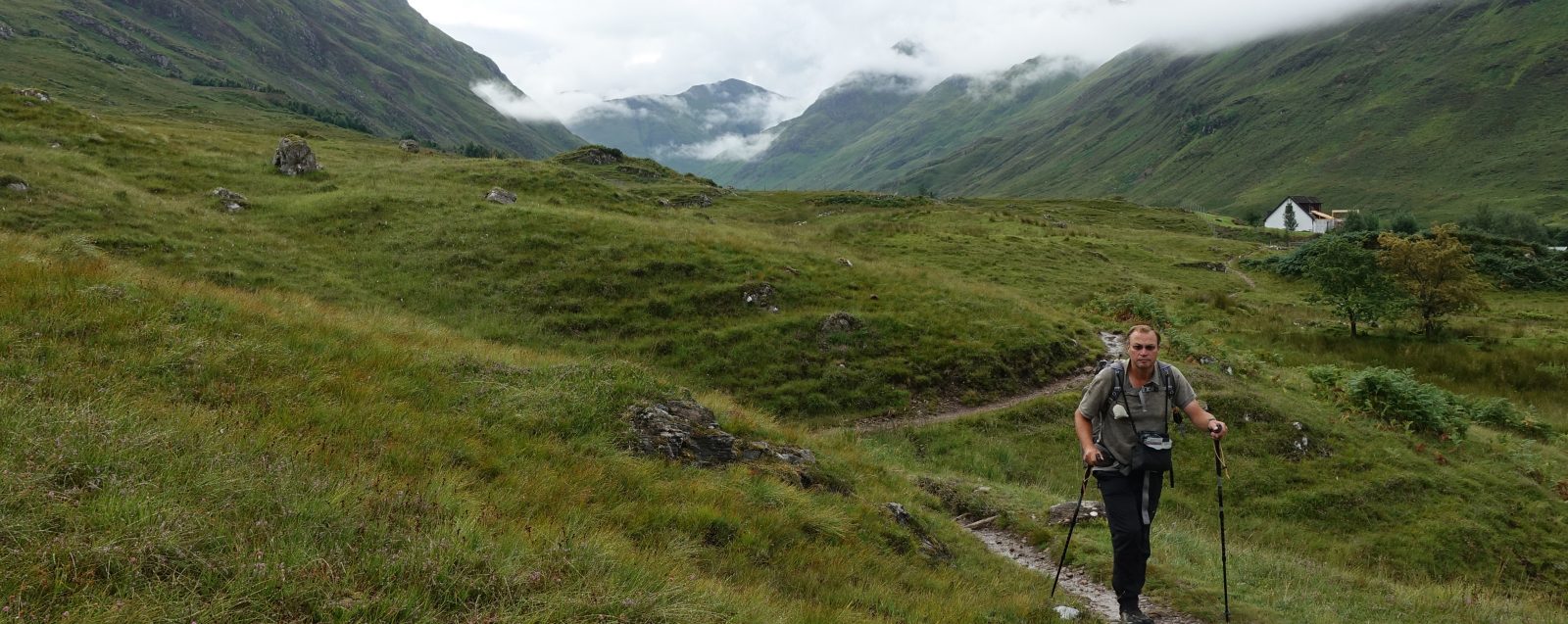
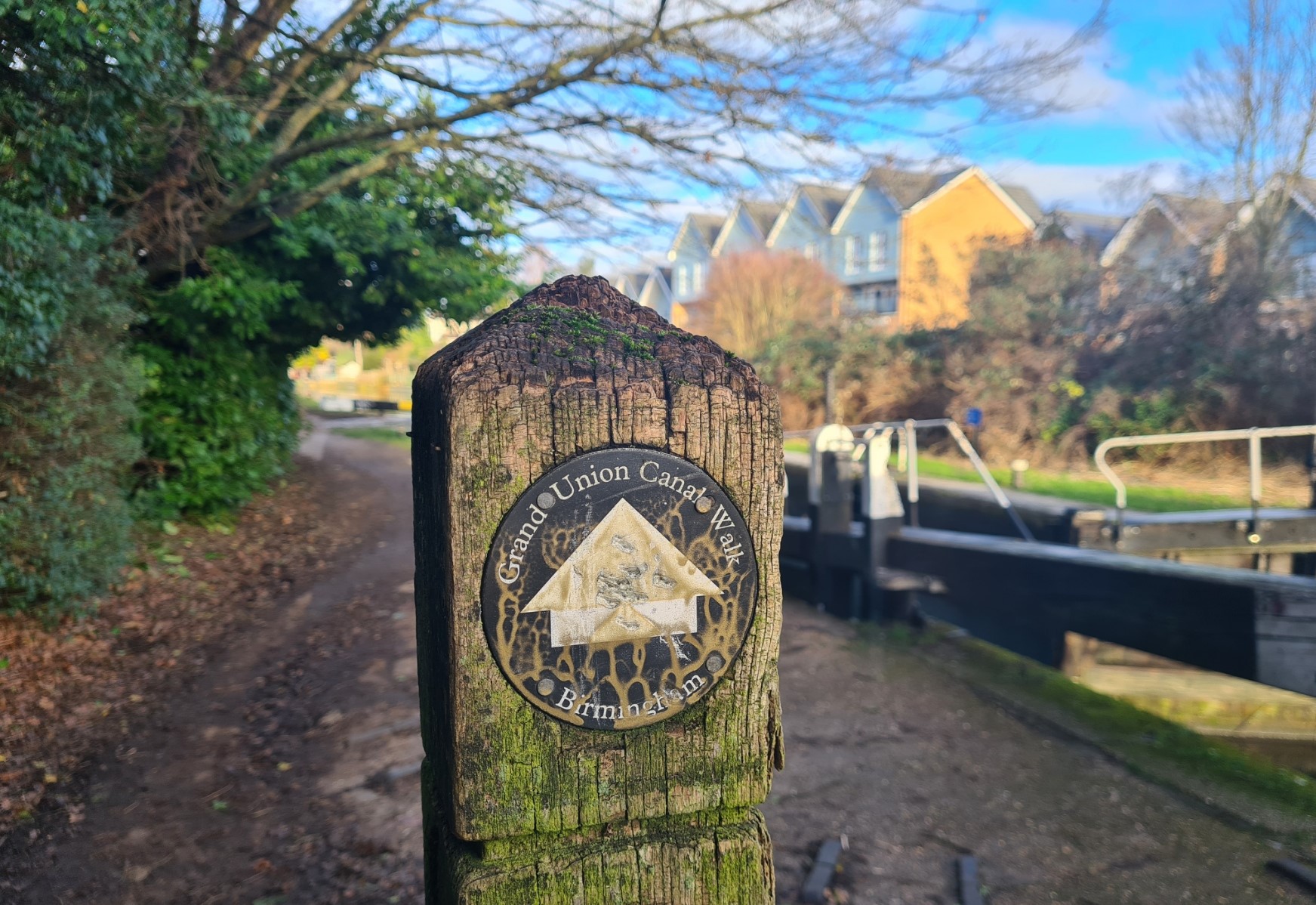
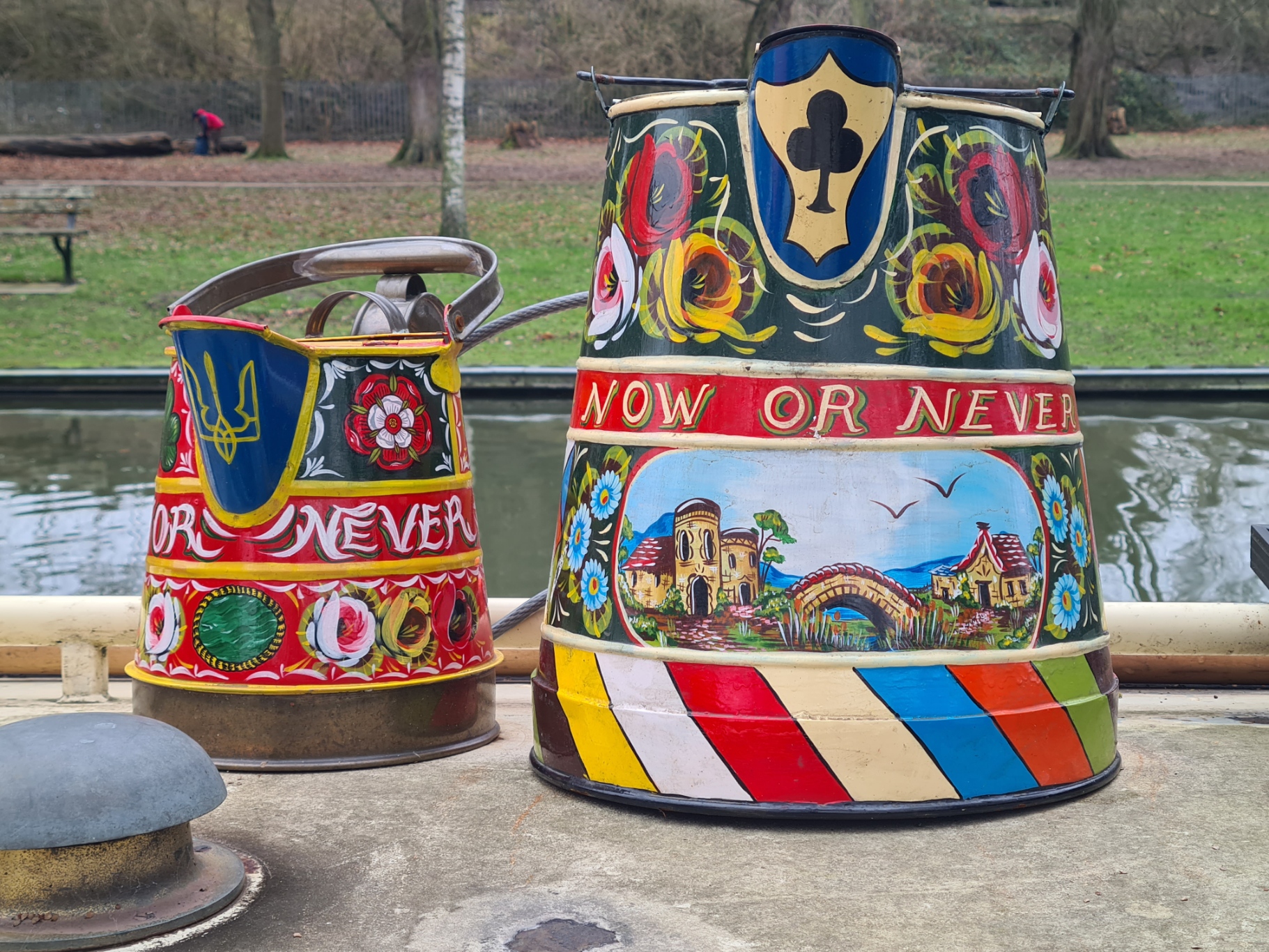

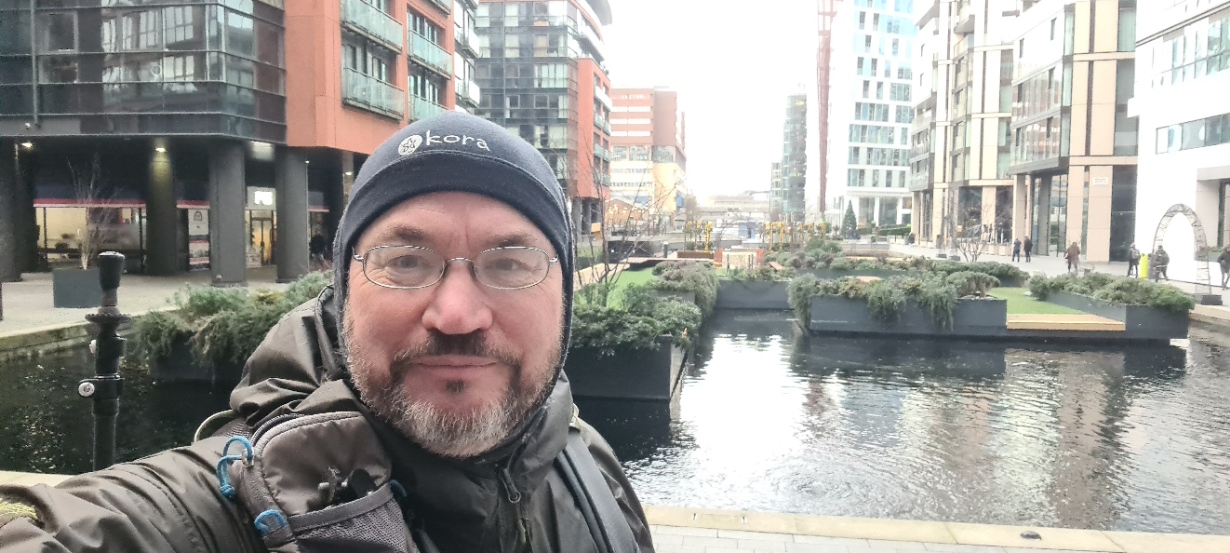

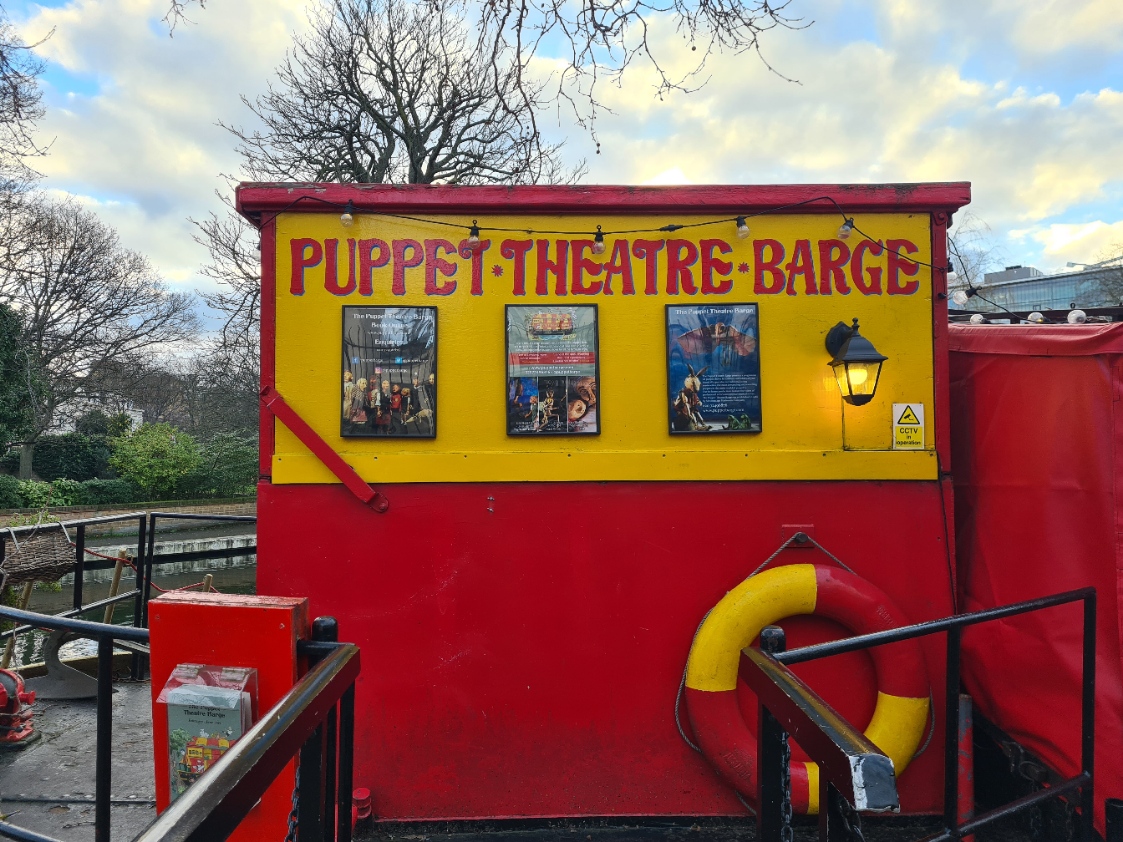
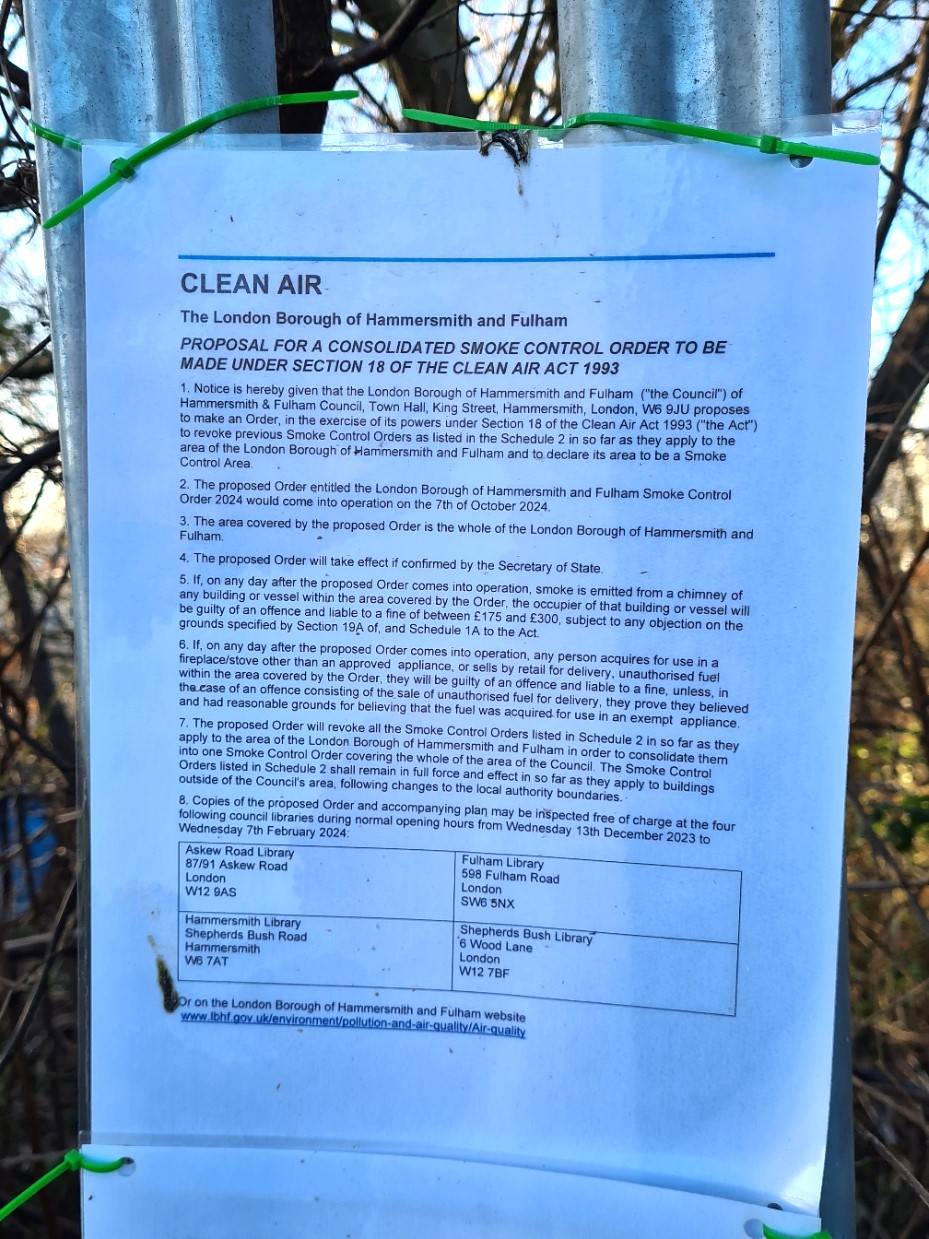

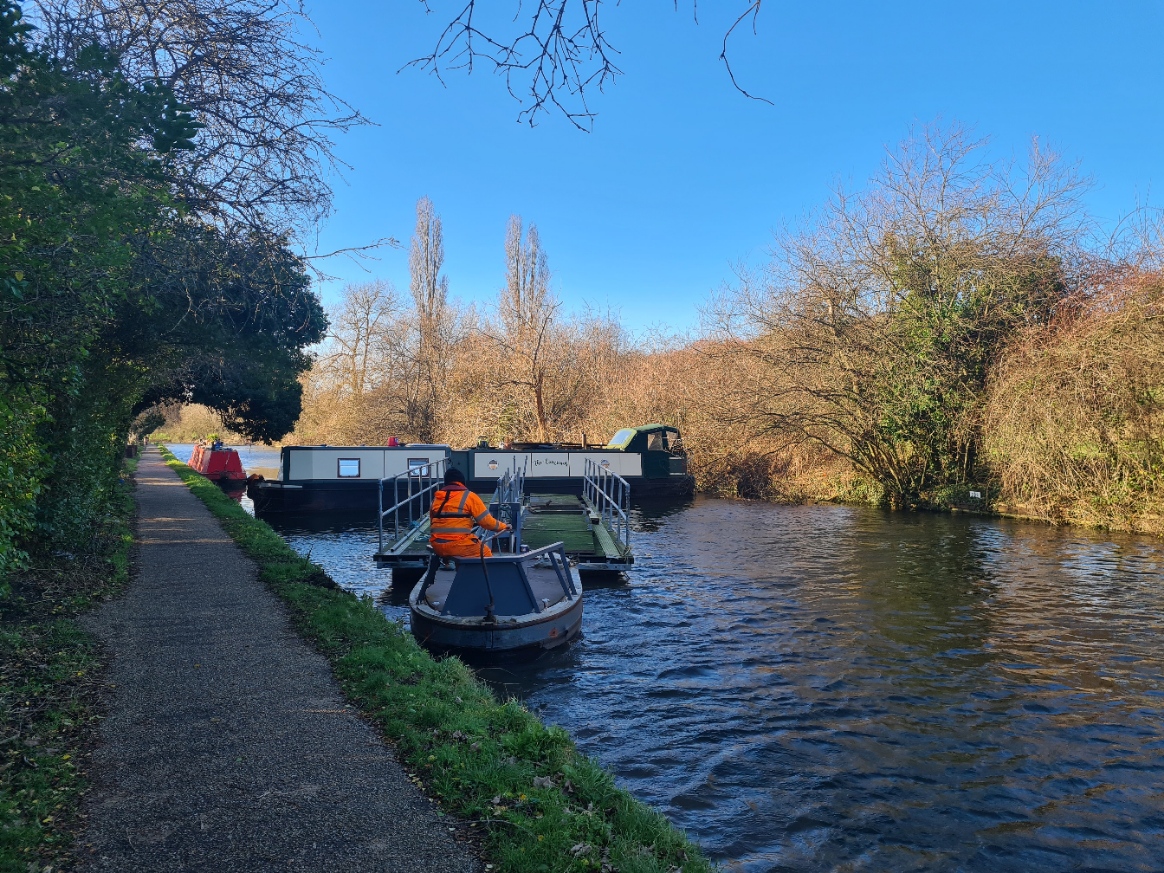

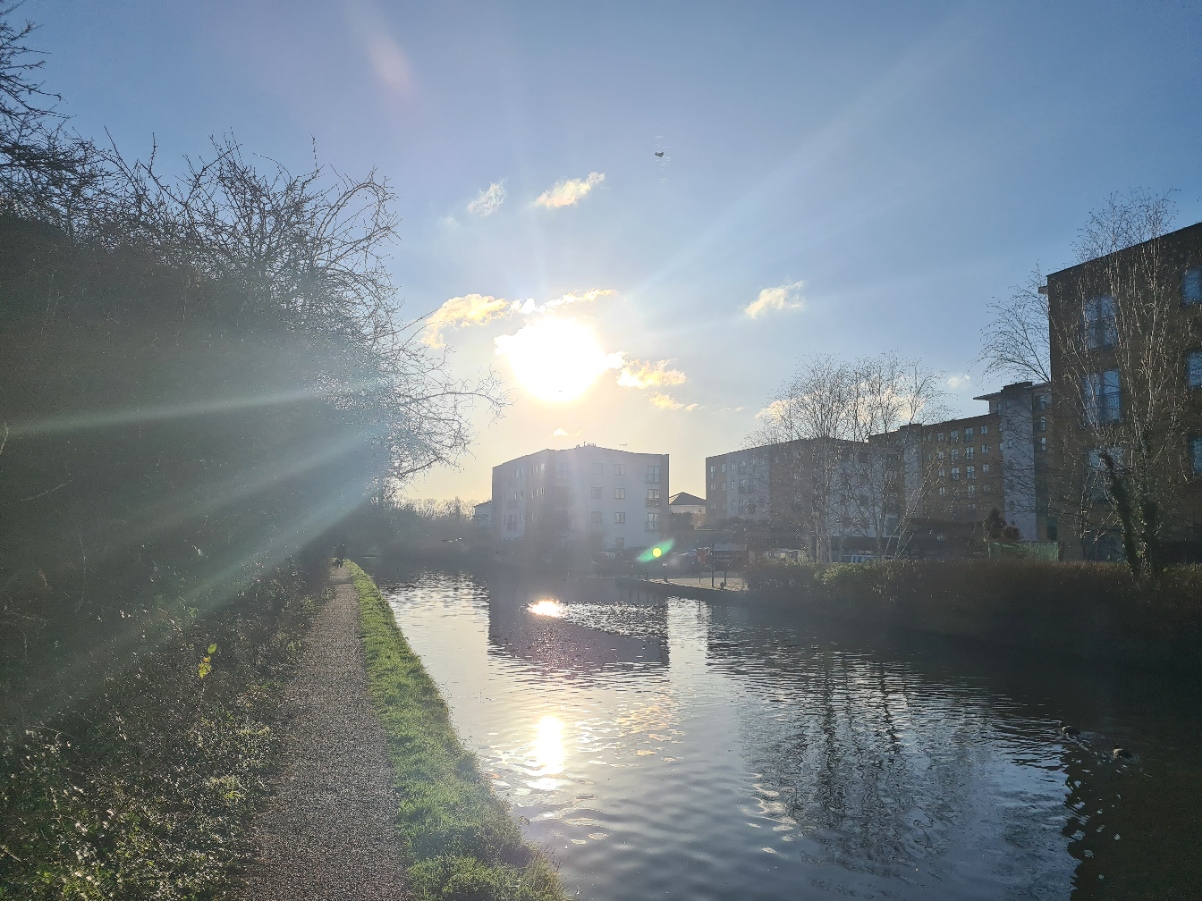

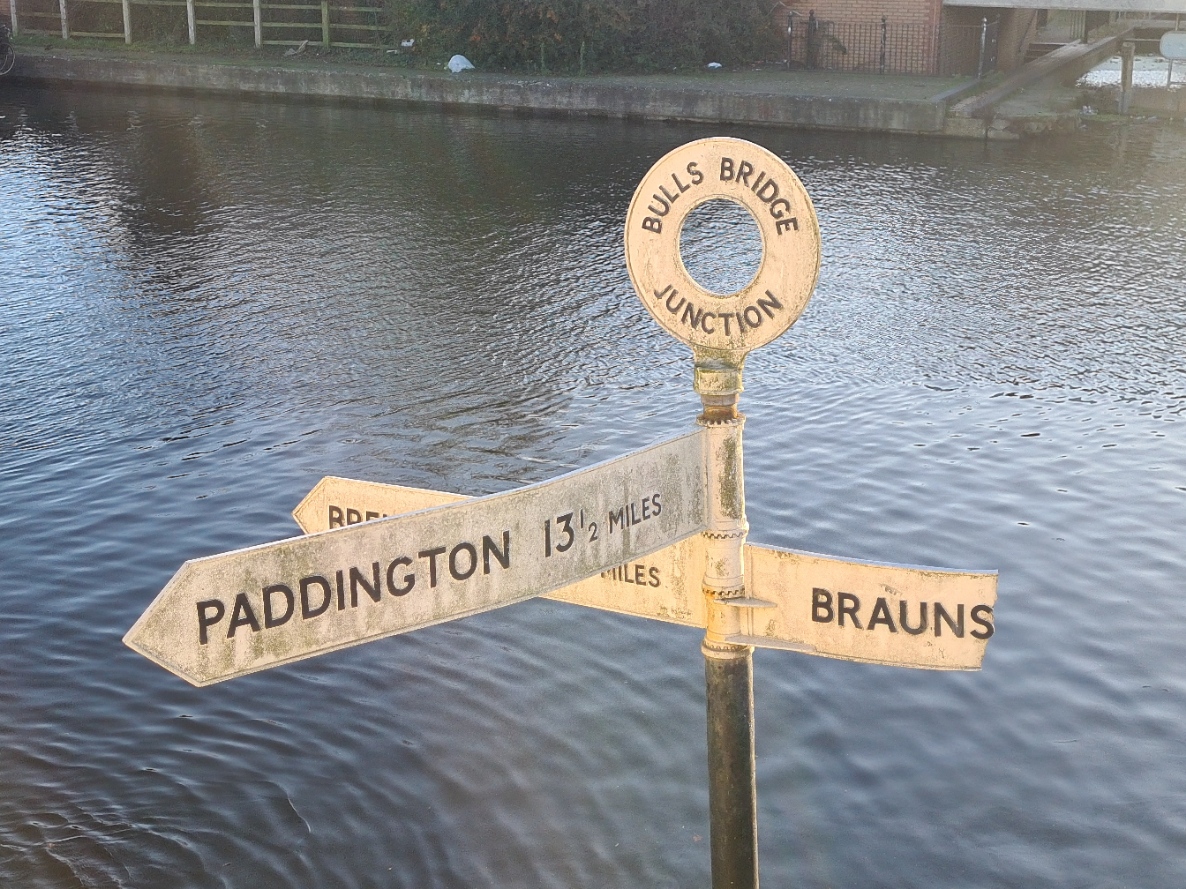

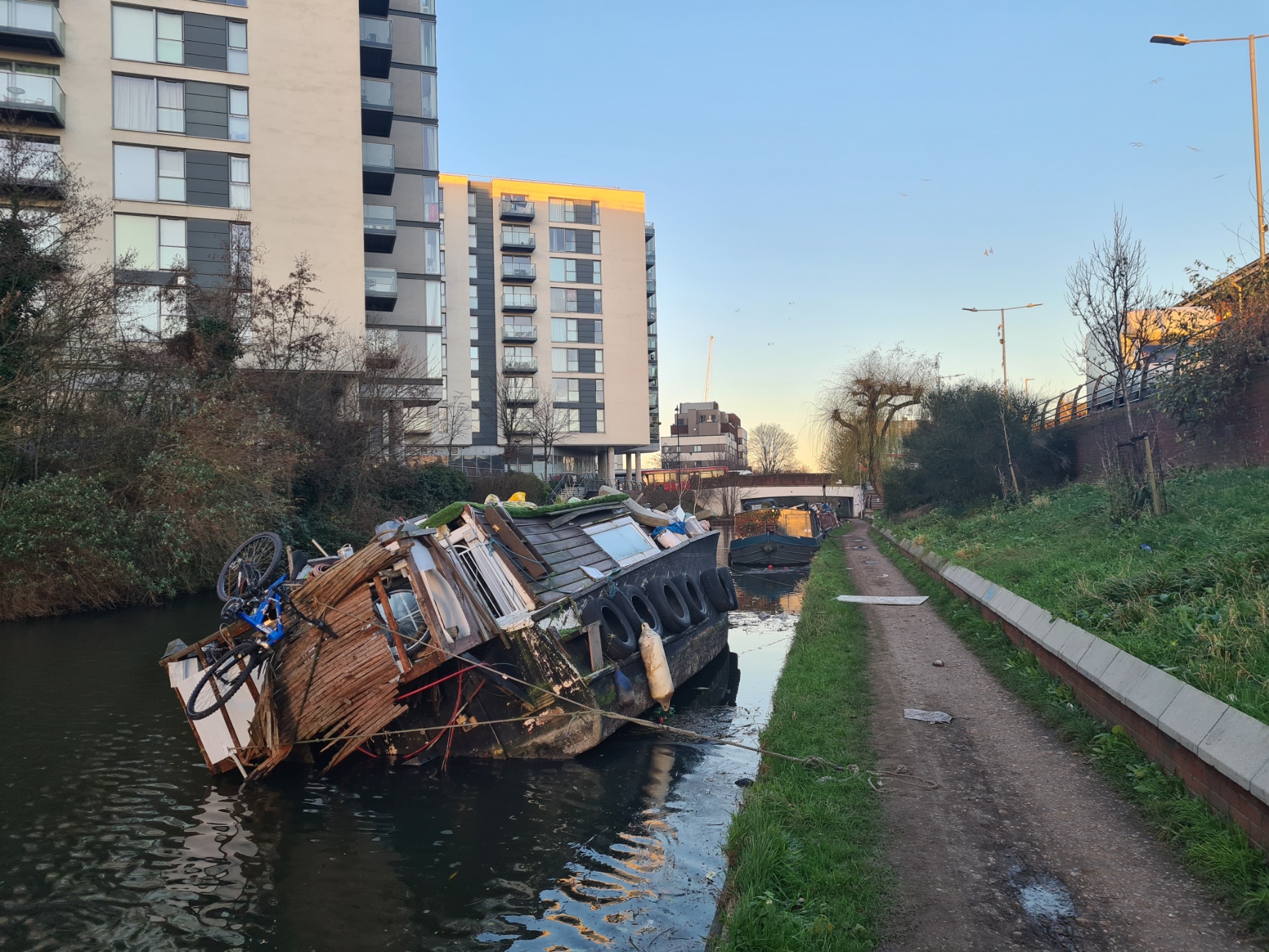
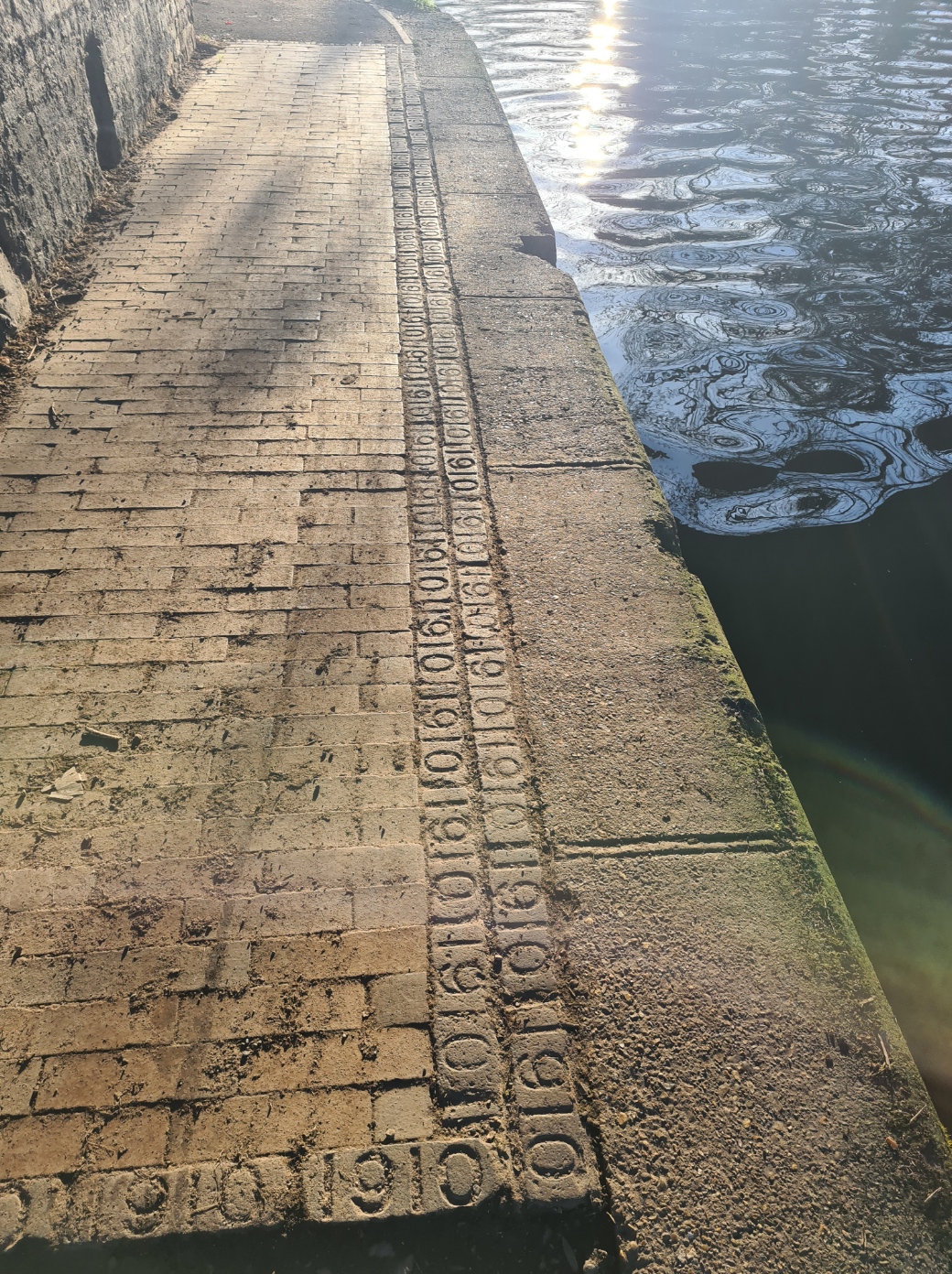
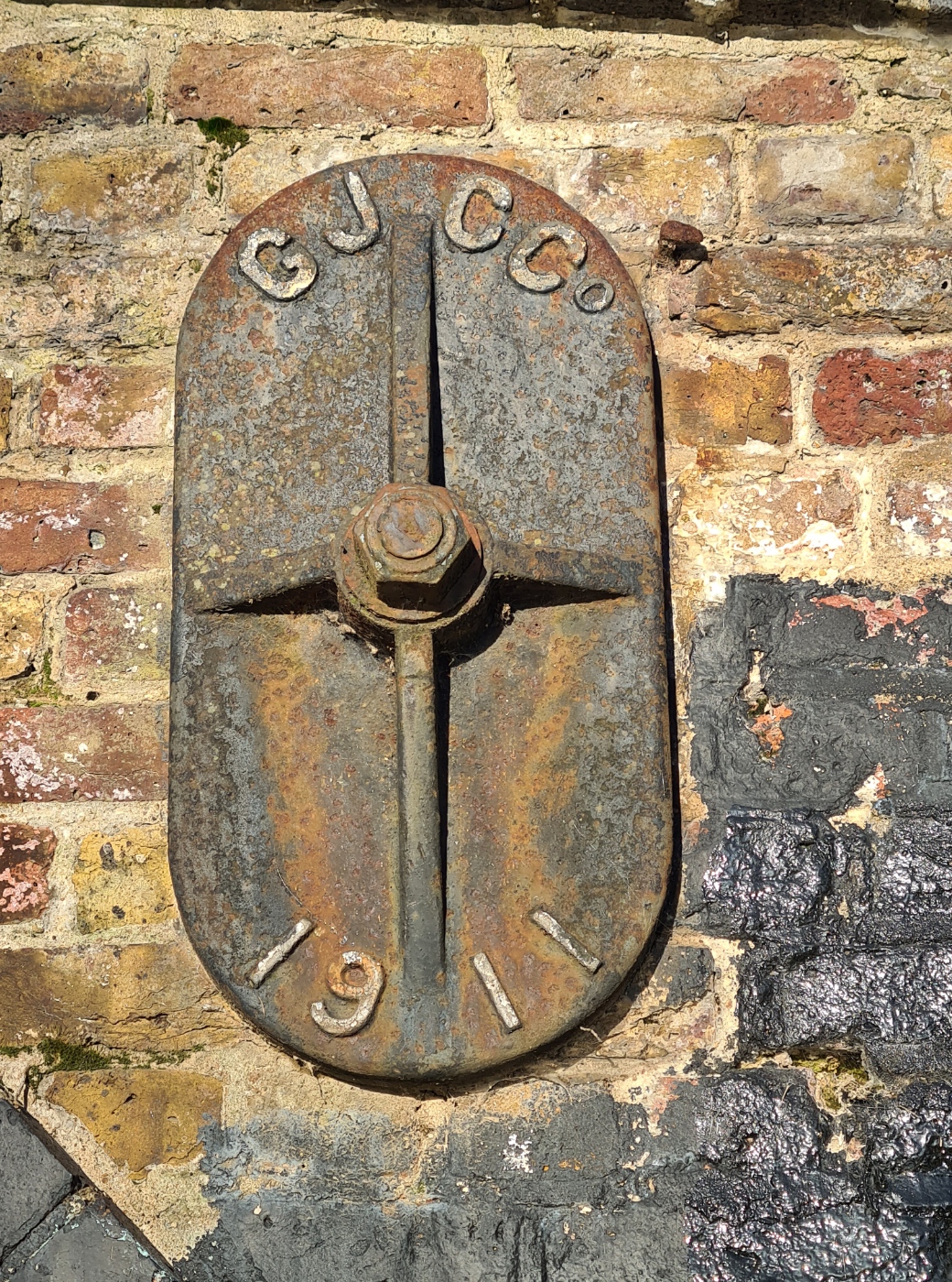
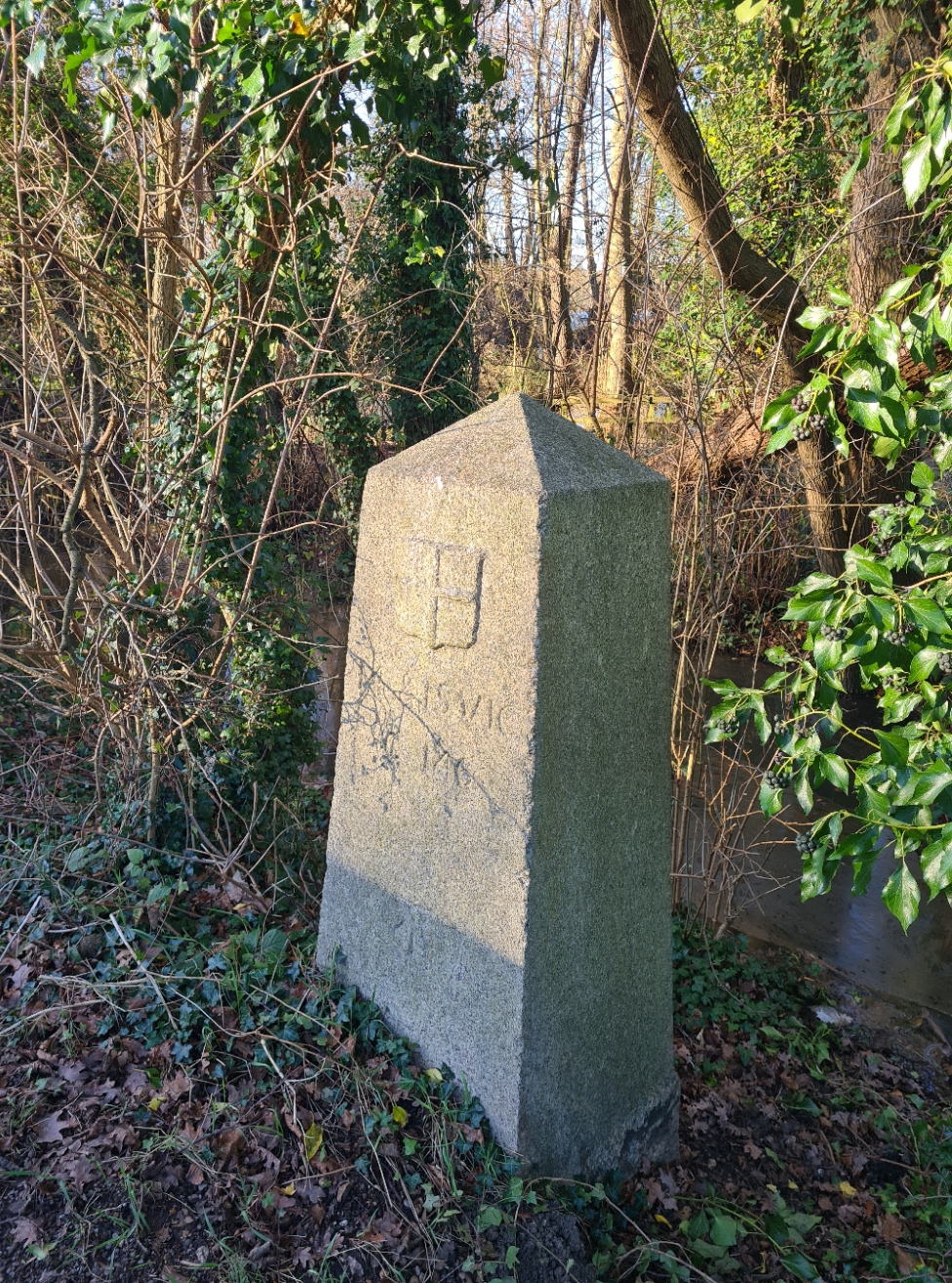

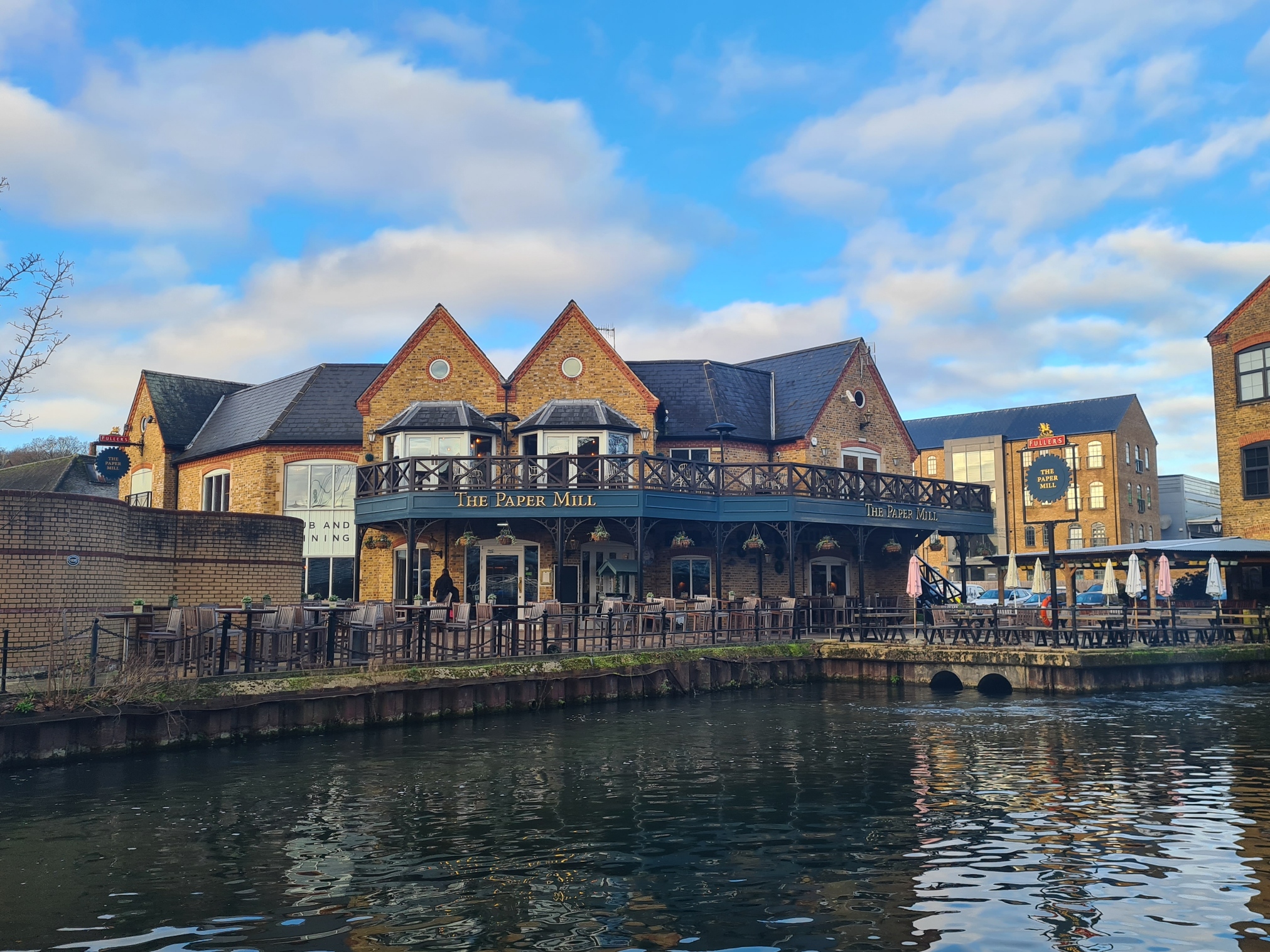



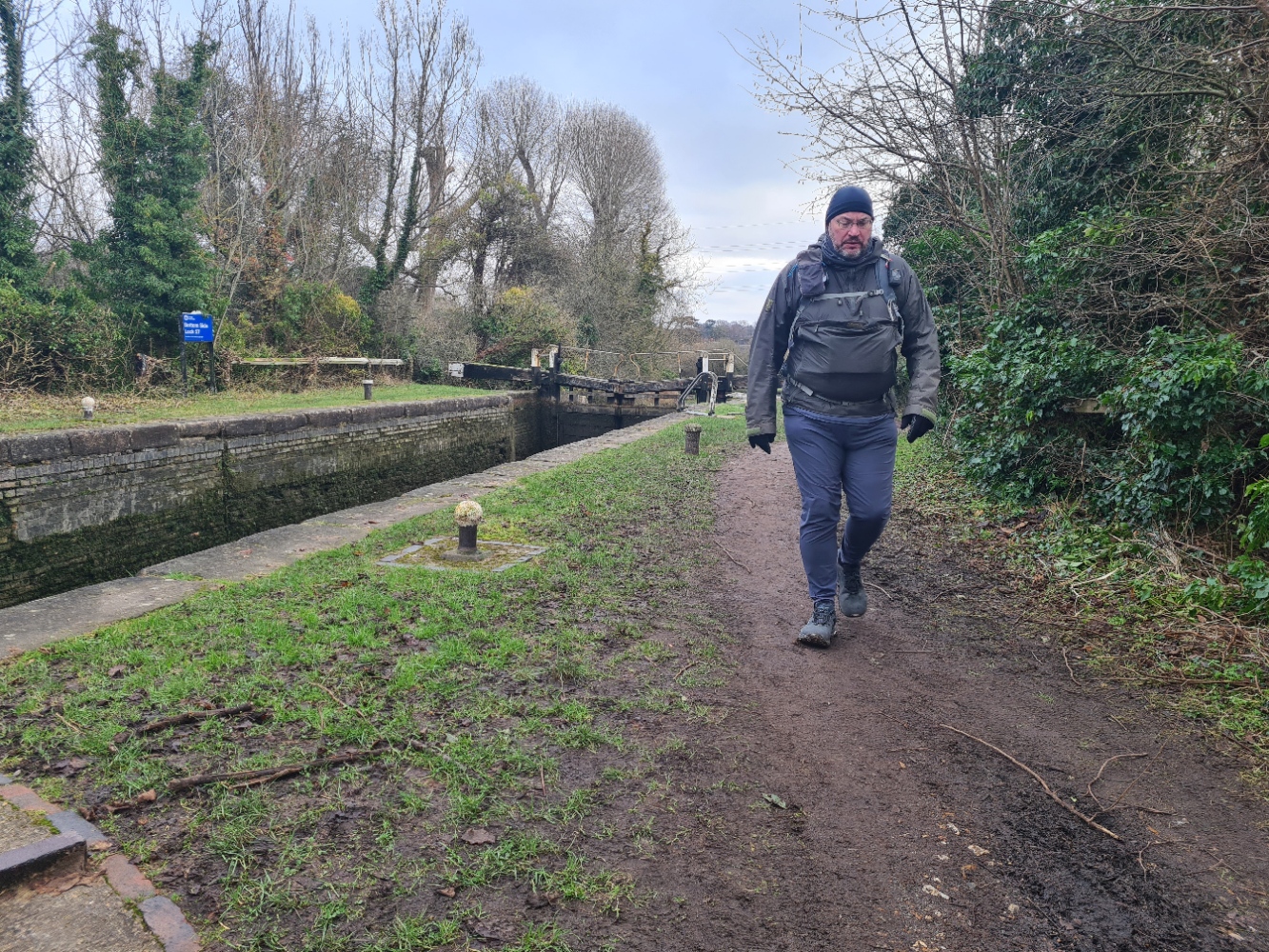
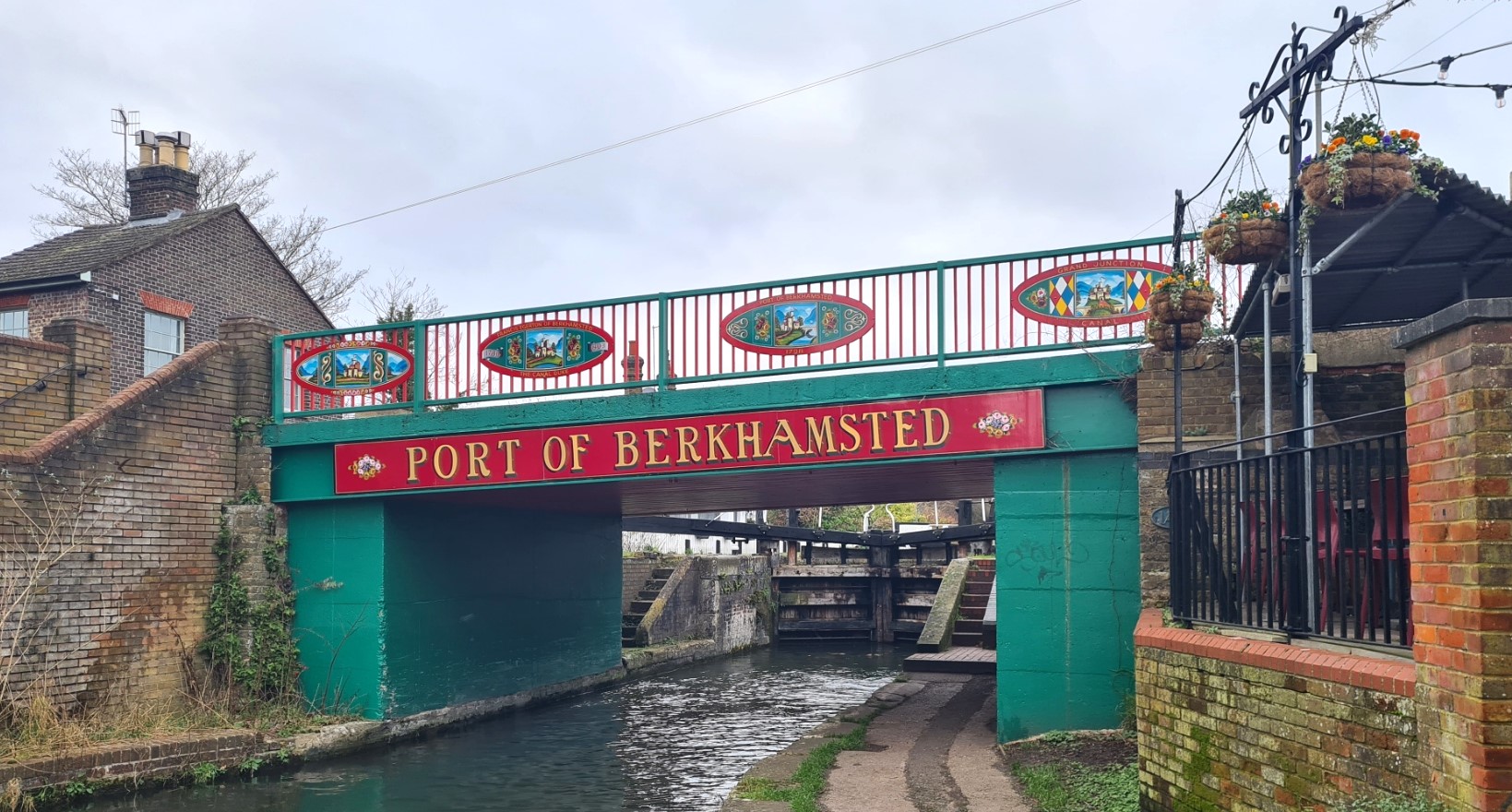
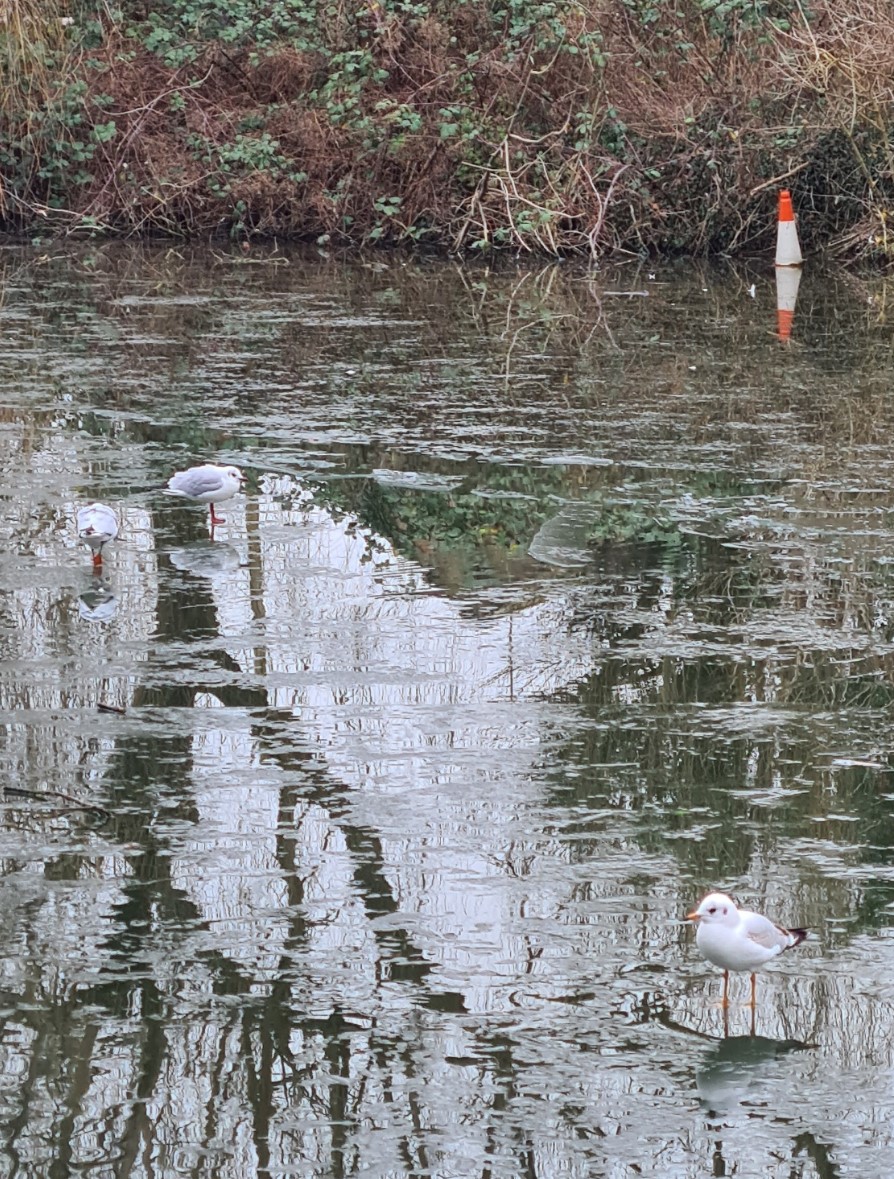


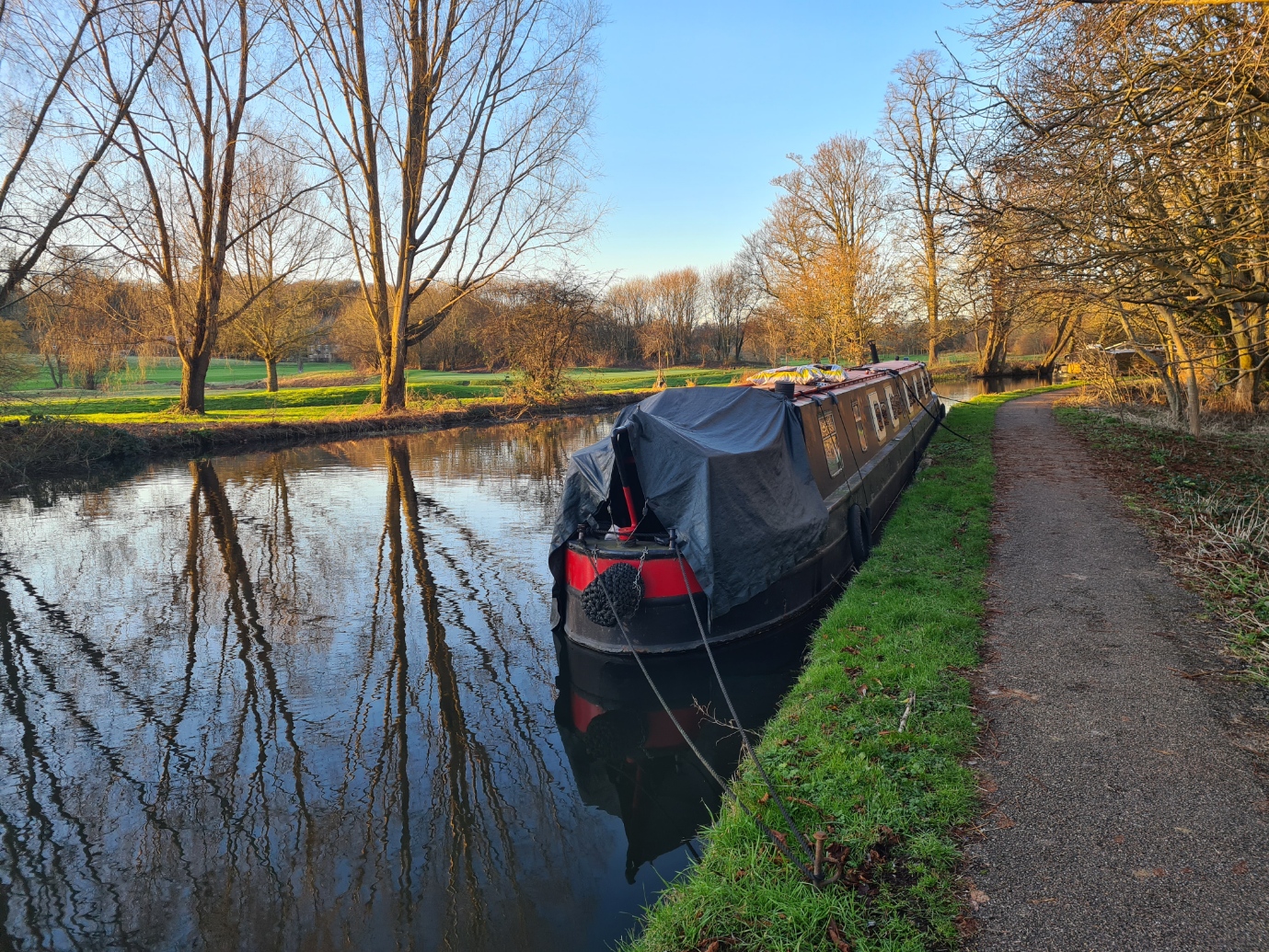
Such a mixed bag. Sounds rather depressing surroundings. For a lot of the walk. Thank goodness for Gordon, Roger, Darren and all the birds. Hope the feet heal quickly. Is a ritual burning of footwear planned?
LikeLiked by 1 person
Thanks. The general vibe of the canal was definitely improving as I moved away from London. When I return (🤞) to complete it, it will be interesting to see how it is, when approaching Birmingham
LikeLike
Your canal path adventure was a captivating read! Despite the shoe hiccup, your storytelling made it feel like I was right there with you. Consider turning your experiences into a book. Your writing has that kind of charm and relatability. Looking forward to more tales from your travels!
LikeLiked by 1 person
Very kind of you to say. We shall have to see…
LikeLiked by 1 person
I enjoyed reading this adventure, nicely written and hope recovery is going well for the future expeditions.
LikeLiked by 1 person
Thanks Derek, have already ventured out on a day walk with no real issues. I will return to complete the Grand Union Canal at some point, may be next year now
LikeLiked by 1 person